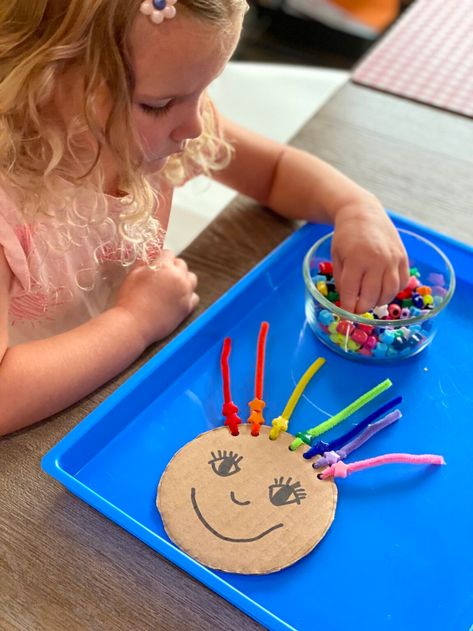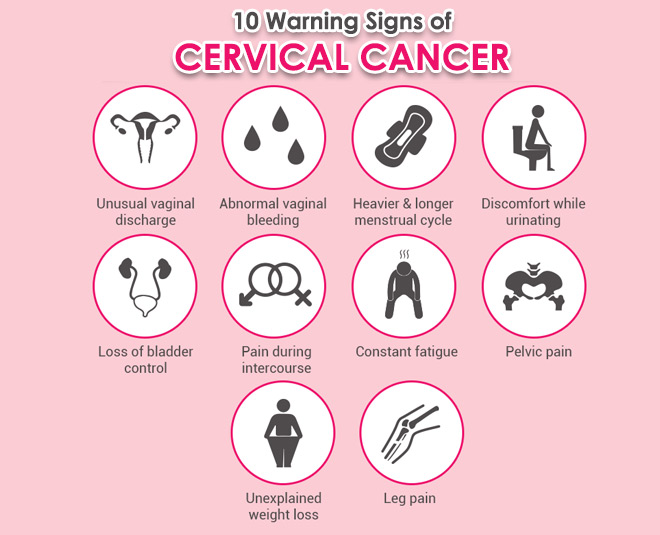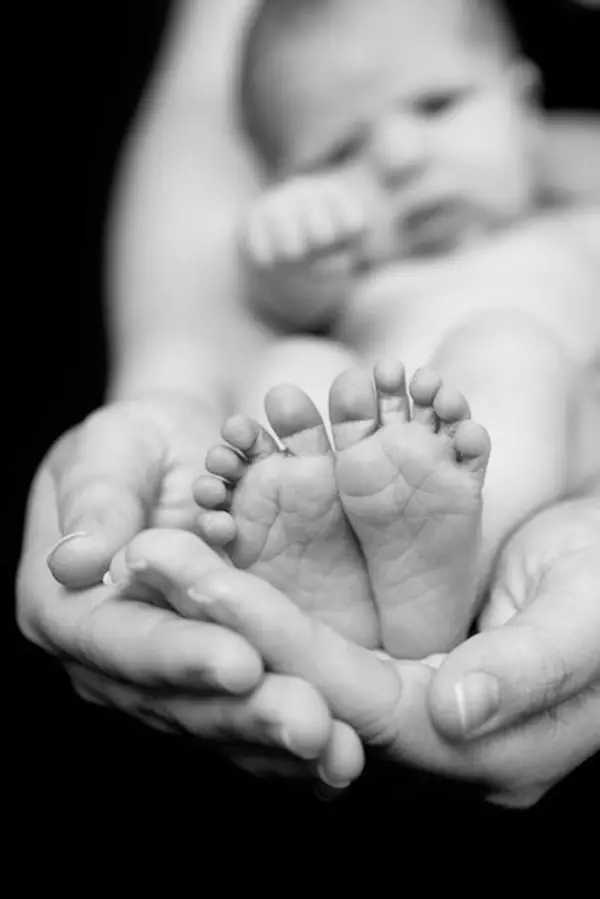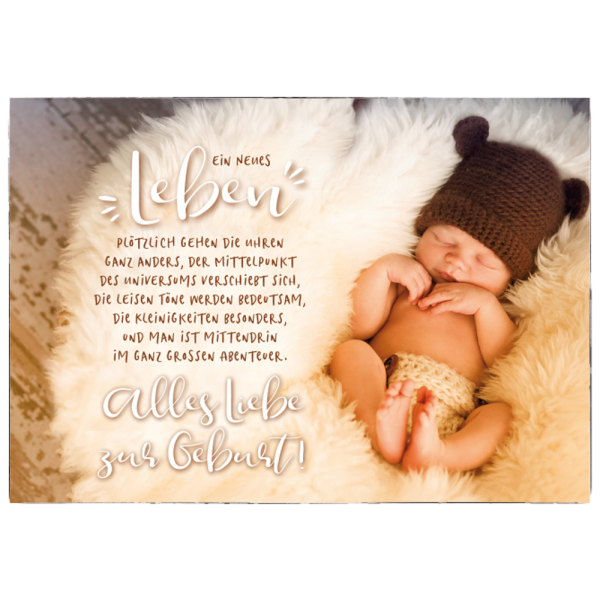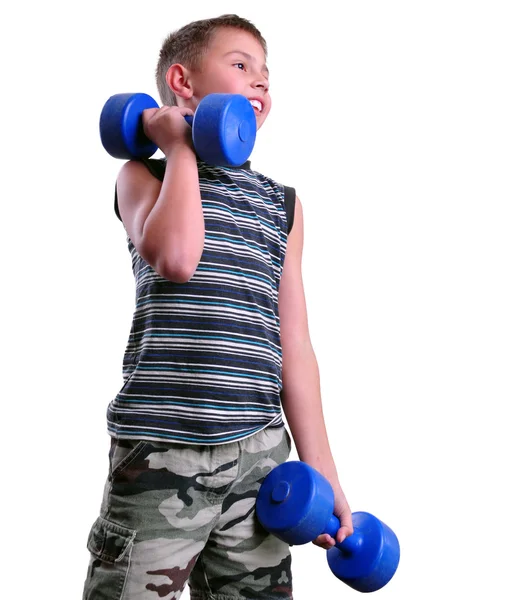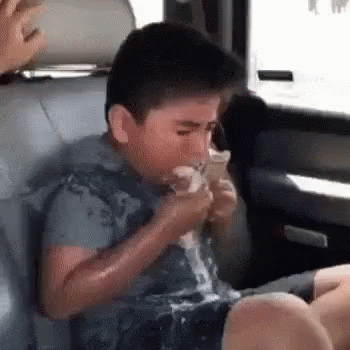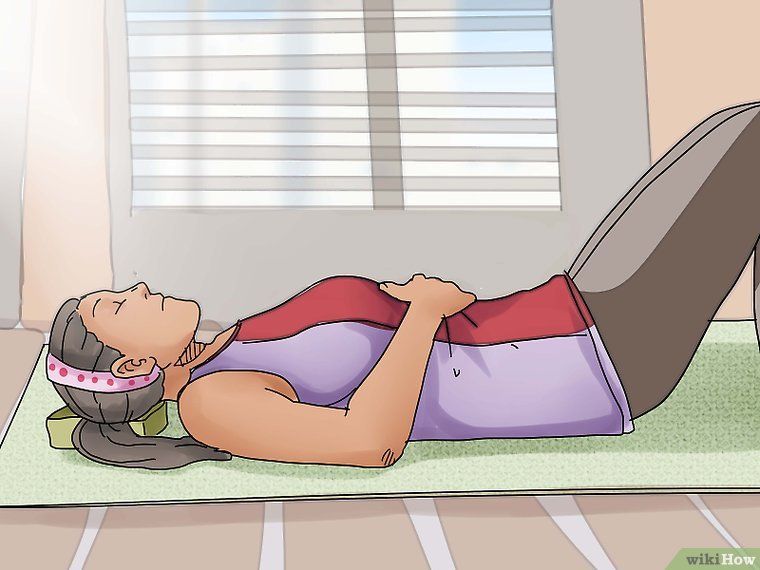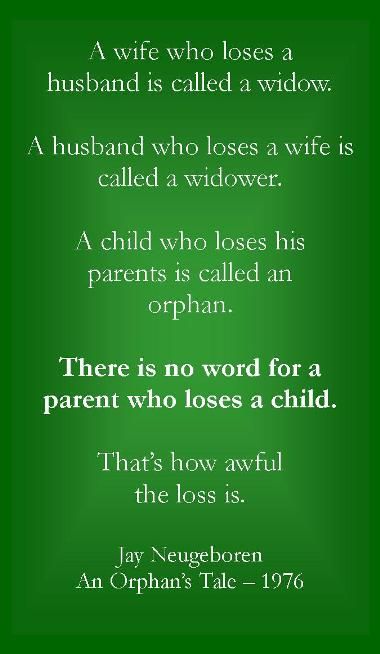Motor skills for preschool
What Are Gross Motor Skills for Preschoolers?
- Share
Why are gross motor skills so important for preschoolers to develop and how can parents and teachers build them with simple activities and movement games?
What are Gross Motor Skills?The process that children follow from learning to lift their heads as babies and run as toddlers, all the way to playing a sport in school is known as gross motor development.
Children develop gross motor skills when they learn how their bodies work and how they can move and control them.
Gross motor skills should be developed during infancy, toddlerhood and right through the preschool and early elementary/primary years.
During early childhood, it is important for children to develop skills such as muscle strength, balance, core strength, postural control, endurance and coordination.
Children naturally develop from the centre of the body outwards. This means they need to develop strength in their core and trunk before they develop it in their arms and legs.
Fine motor skills (such as finger strength and control) are therefore dependent on a child first building gross motor skills.
Gross motor skills can be developed in a variety of ways during childhood, through free play as well as adult-guided activities.
Planning movement activities to do with your children allows you to work on specific skills with them, such as balance or catching and throwing.
Why Are Gross Motor Skills Important?When children do not have well-developed gross motor skills, this can result in:
- poor concentration in class
- poor body awareness and control
- difficulty writing
- difficulty sitting at a desk
- inability to cross the midline
- poor posture, balance and coordination
- avoidance of sports and physical activities
What Are Examples of
Gross Motor Skills?Here is a list of gross motor skills examples for preschoolers:
- running, walking, galloping, chasing
- crawling, lifting, reaching
- skipping, hopping, leaping
- catching, throwing, pushing, pulling
- rolling, dribbling, kicking
- balance and coordination
- hitting, bouncing, passing
- climbing, hanging, holding
Here is a list of the gross motor milestones, by age.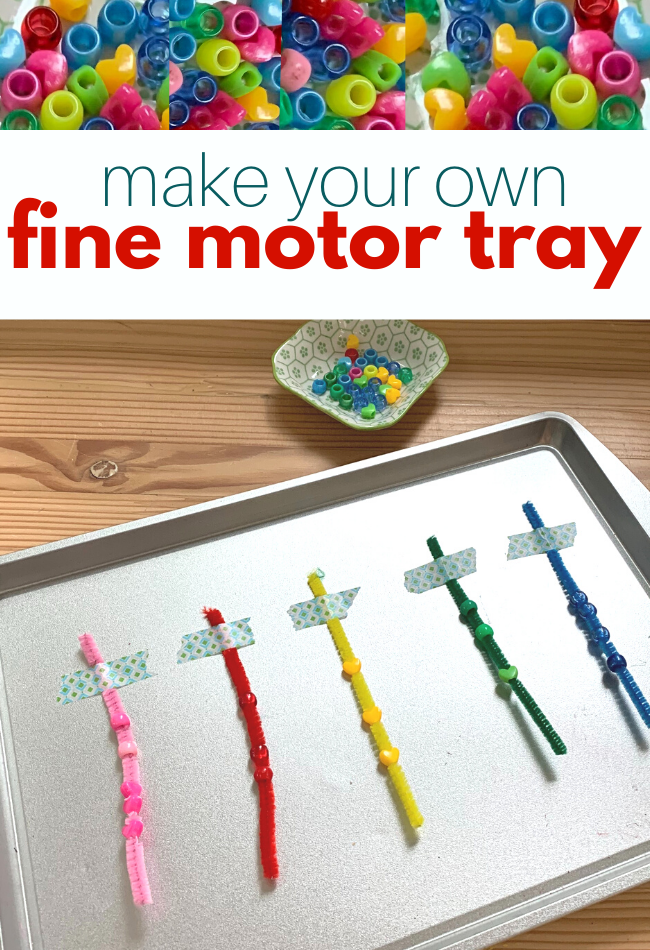
This post contains affiliate links for educational products that I personally recommend. If you purchase through one of them, I earn a commission at no extra cost to you. Read the terms and conditions for more details.
Gross Motor Skills Activities for Preschoolers
Here are some ideas to develop preschoolers’ gross motor skills with games and activities.
1. SkittlesThis game can be played with a plastic set of skittles or a homemade set.
Simply take empty plastic cooldrink bottles and pour some sand or water into them so they will stand up. You can also make an art activity out of it and paint the bottles different colours.
They should not be impossible to knock down though. Vary the amount of sand/water depending on your child’s age and strength.
Place the bottles standing up into a V-shape and take turns rolling a ball towards them and knocking them over. The younger your child is, the bigger the ball should be.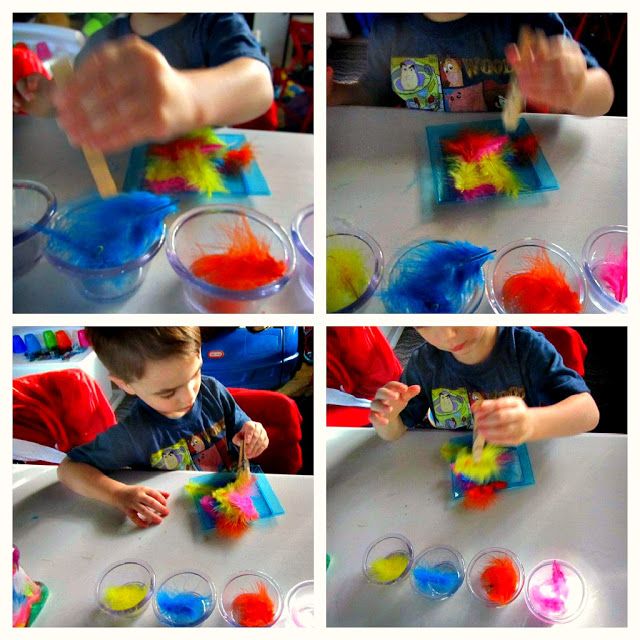
This is an old favourite. Hopscotch is best played outside by drawing the squares with jumbo chalk on concrete or paving.
Here is an example of the formation of squares, but you can change this:
Take turns with your child jumping through the squares – hop on one foot on single squares and jump with two feet into double squares (one foot in each square). When you get to the end, turn around and hop back to the start.
Learning to hop on one foot or two feet is an important skill for a preschooler and this is a great game to teach this skill.
When your child has mastered how to hop, vary the game by using a beanbag or stone and throwing it into the first square before beginning.
Then, hop over the beanbag and jump into the second square. Hop all the way to number 10, turn around and hop backwards, bending over to pick up the beanbag on one leg on returning to 1.
This awesome indoor hopscotch rug will encourage lots of extra movement.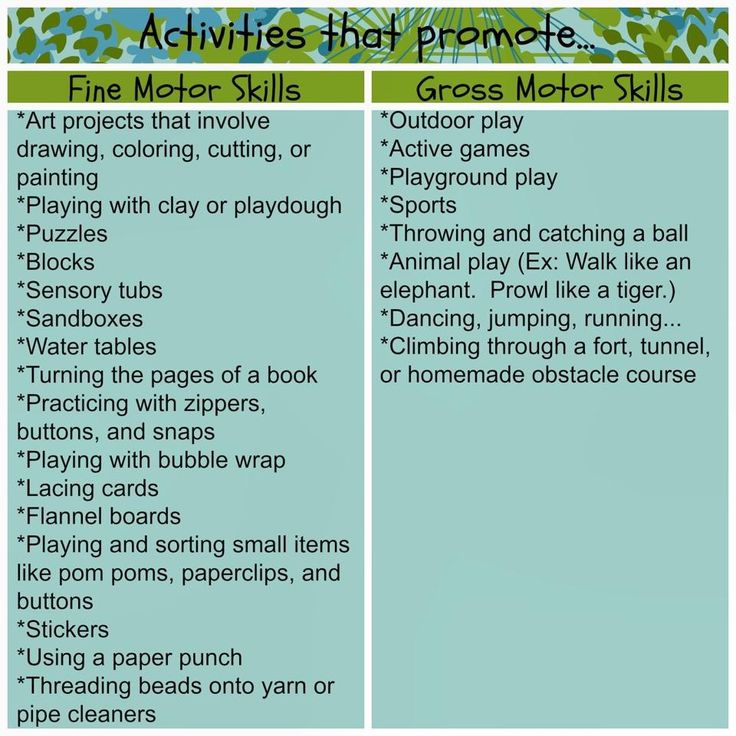
Test your child’s jumping skills with this game using only a roll of craft tape.
Lay a strip of tape on the ground as a starting point. Then place another few strips spaced closely together and get your child to hop, feet together, from tape to tape.
Then, move the strips slightly further apart and see if your child can jump further. Continue moving them further away until you reach your child’s limit. Measure the distance and watch your child slowly beat that distance every time they play.
4. Balancing BeamUse a beam in your garden (such as a low wooden fence) or create a makeshift balancing beam out of a wooden plank or any other material. Balance it on some bricks or low stools.
Practise walking across the beam and not falling off. Turn it into a game and pretend there are crocodiles in the river below.
Challenge your child to walk across the beam, turn around at the end and walk back without falling off.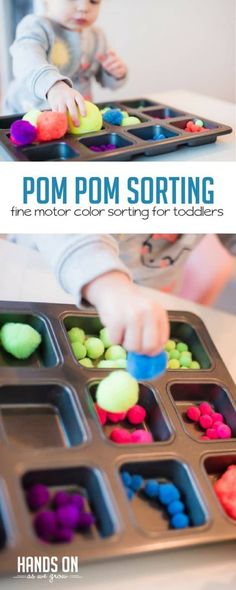
Stand a short distance from your child with your legs spread wide apart. Get him to roll a ball “through the tunnel” (through your legs).
With practice, you can begin to stand further away from your child and make the tunnel narrower by stepping your legs closer together, as well as using a smaller ball. This is a good game for developing ball skills and eye-hand coordination.
6. Beanbag TossPlaying with beanbags is another good way to work on eye-hand coordination. You can also replace beanbags with soft balls or even handmade balls or beanbags (stuffed material).
Use a bean bag toss board or find a target such as a laundry basket or a box. Use a target with a large opening for younger children.
Take turns aiming and throwing the beanbags into the basket and counting how many got in each time. Slowly move the target further away, or make it smaller (e.g. use a small bin).
Here are more fun bean bag activities for kids.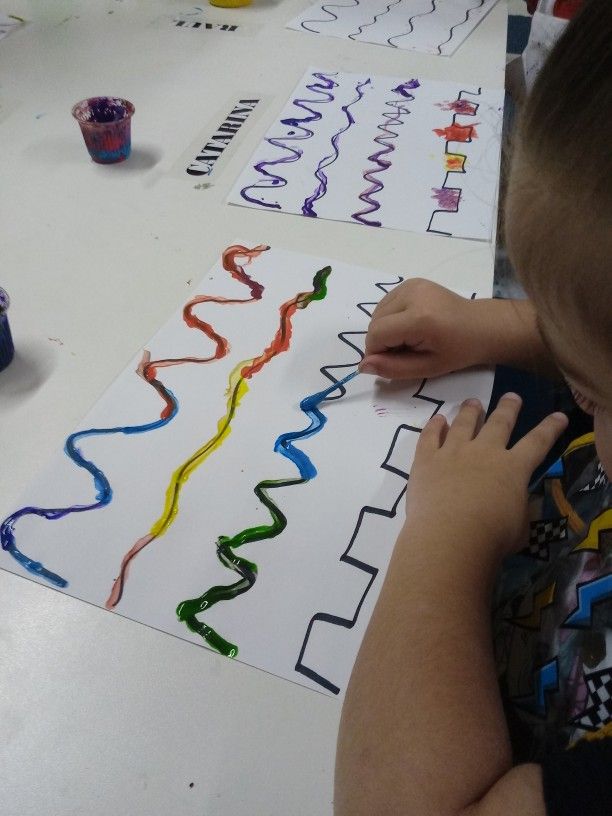
Build your child’s strength and agility with a fun homemade obstacle course. These can be built indoors or outdoors.
Be creative and place together several props into a course that you and your child will take turns to follow, or even race through.
Provide a mix of activities in each course, such as opportunities to climb, jump, throw, etc.
Here are a few ideas for props and activities:
- chairs to step/climb over
- Planks to walk along
- beanbags to balance on your head
- an empty box to crawl through
- hopping in between the rungs of a ladder (lying down)
- swinging on a tree branch
The Egg and Spoon Race is a favourite for young children’s sports days. Your kids will love racing you in this fun game.
Simply balance an egg in a tablespoon from the start line to the finish line.
You may want to boil the eggs first unless you’re really in the mood for some fun! Nothing will sharpen the skills and concentration quicker than the threat of an egg cracking open.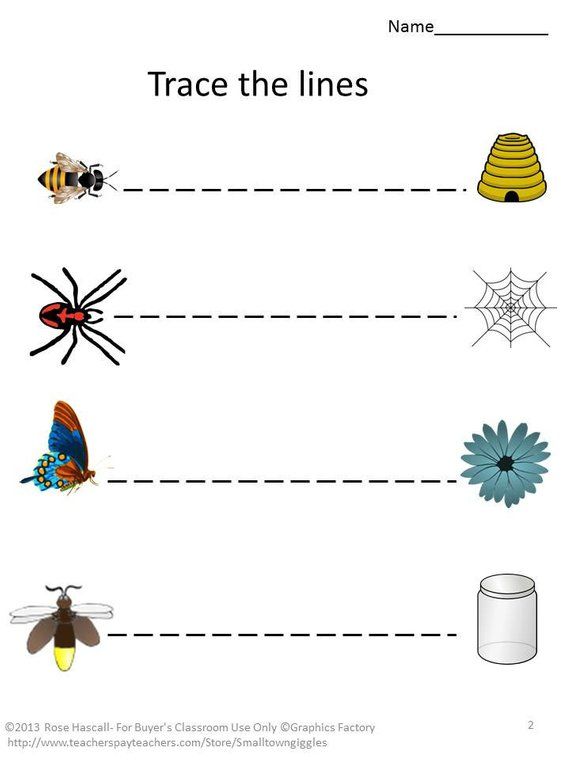
Simon Says is a game that can be played to develop many of your child’s skills, including listening skills, concentration, auditory perception, etc. Use this game as a way to stimulate your child’s large muscles.
Make it more fun by taking turns and allowing your child to also give you instructions to follow.
Some ideas of actions:
Simon Says…
- do a crab walk to the wall and back
- run to the tree, do 4 jumping jacks and run back
- do 3 cartwheels, turn around and lie on your back
- hang from the monkey bars for 10 seconds
Incorporating multiple actions will work on your child’s ability to follow instructions at the same time.
10. Balloon TossBlow up some balloons and play a game of Balloon Toss. The object is to see how long you and your child can keep the balloon in the air, by tossing it back and forth, before it drops to the ground.
Time each round and see how long you last.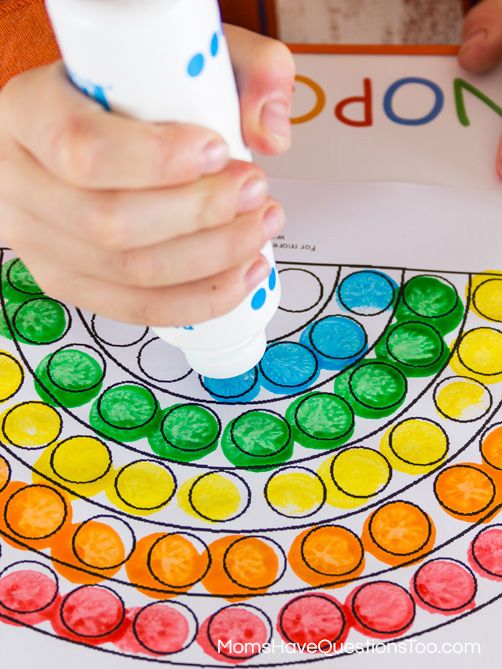 When you can go for at least a minute, try lifting two balloons in the air and keeping them both in the air.
When you can go for at least a minute, try lifting two balloons in the air and keeping them both in the air.
As you can see, gross motor skills are an important part of your child’s overall physical development but are easily built through play.
11. Action Songs
Sing some action songs to get the body moving. They are also great for developing body awareness.
Here’s an example:
Head, shoulders, knees and toes,
knees and toes
Head, shoulders, knees and toes,
knees and toes
And eyes and ears and mouth and nose
Head, shoulders, knees and toes,
knees and toes
12. Play With Balls
Playing with balls is one of the most basic activities and one that will keep babies, as well as 10-year-olds, entertained.
Balls are great practice for developing hand-eye and foot-eye coordination.
Throw and catch balls of different sizes
The Effects of Screen Time and Less Play Time on Gross Motor DevelopmentOver the years, there has been a tendency to replace children’s free play time with all kinds of extra activities.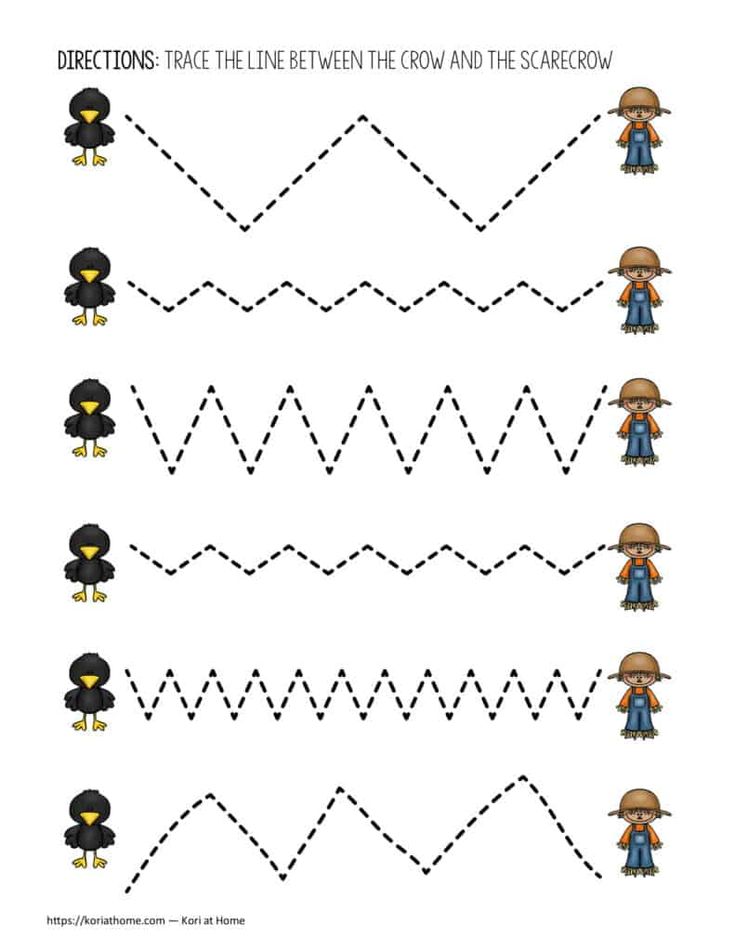
While you may want to send your children for swimming lessons or the occasional extra activity, there is no need to have your 4-year-old attending art class, computer class, multiple dance classes, ball skills class, etc.
These activities are replacing children’s playtime. Playtime is vital for your child’s development, especially for building their gross motor skills.
If you are packing your children’s free time with paid activities and programs, know that many of these are unnecessary and are actually taking away from your child’s natural learning time.
As for screen time, while it is impossible in today’s times to prevent children entirely from watching screens, as a parent you can control how much screen time your child is exposed to.
Your 3-year-old does not need to be sitting on their iPad in the afternoon. They are supposed to be running around outside or getting up to mischief somewhere. They should be learning.
Whatever amazing online program your child is following is not a justifiable replacement for play.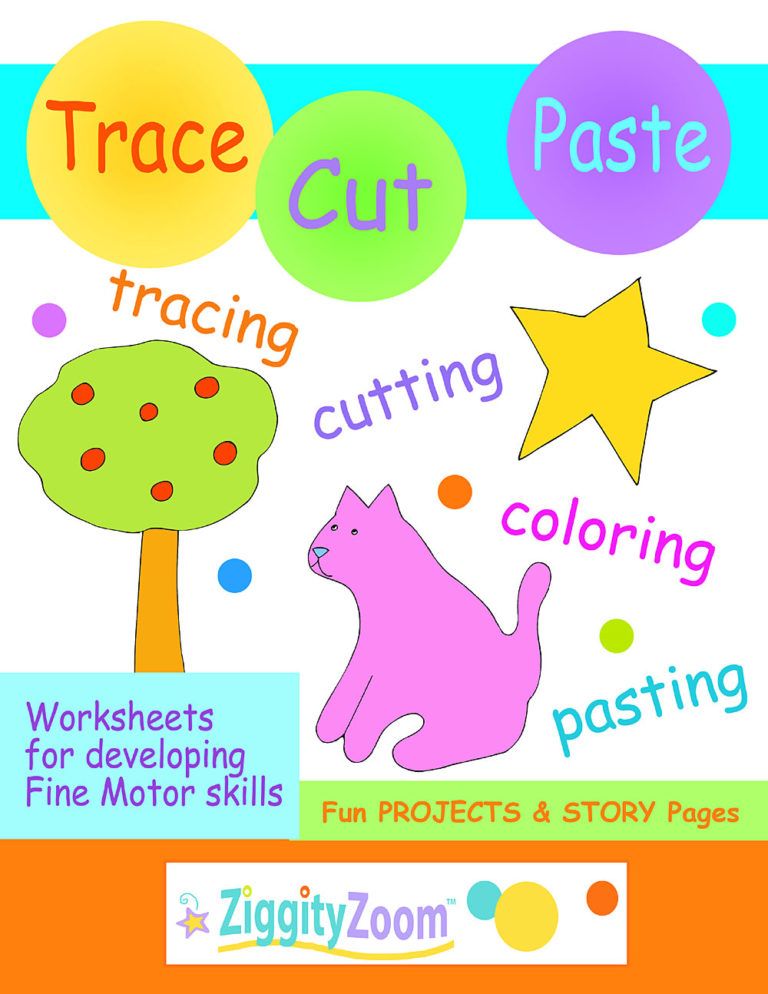
Just these two factors alone – screen time and extramural activities – have had a serious impact on children’s motor development in today’s times.
This translates directly into problems concentrating and working effectively in the classroom.
Here’s some of the research on the effects of screen time on the brain, shared by Debra Bradley Ruder,
Simply put, the more your children play freely, the more they will be learning.
Check out this awesome list of the best gross motor toys for kids and 35 of the best gross motor activities for kids.
Get FREE access to Printable Puzzles, Stories, Activity Packs and more!
Join Empowered Parents + and you’ll receive a downloadable set of printable puzzles, games and short stories, as well as the Learning Through Play Activity Pack which includes an entire year of activities for 3 to 6-year-olds.
Access is free forever.
Signing up for a free Grow account is fast and easy and will allow you to bookmark articles to read later, on this website as well as many websites worldwide that use Grow.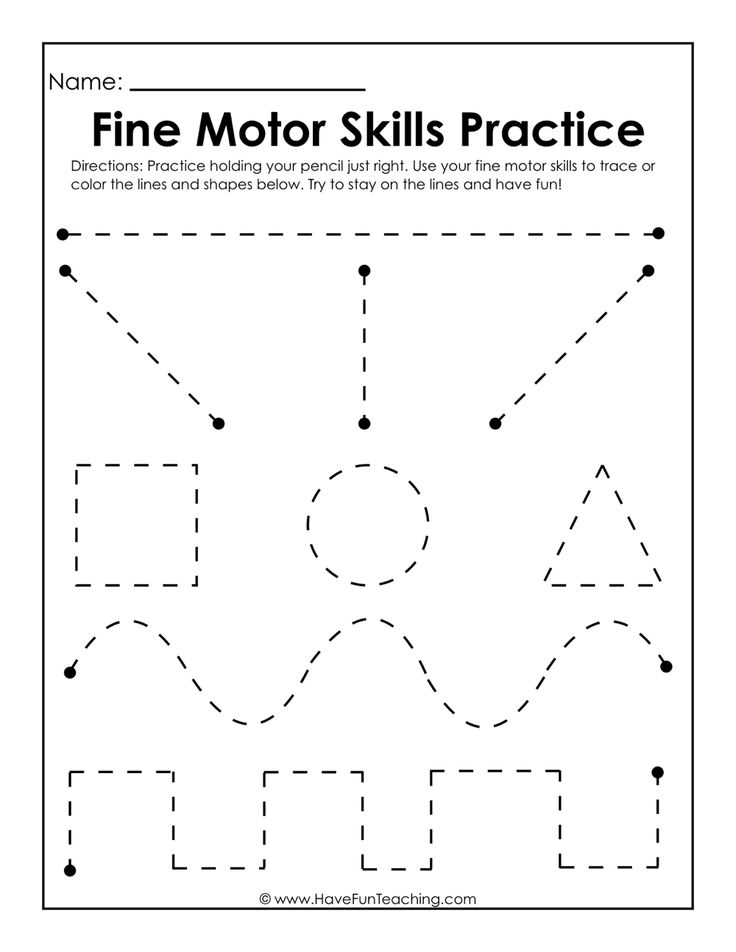
- Share
A Guide to Fine Motor Skills in Early Childhood
- Share
Children start developing their fine motor skills in infancy and continue into their preschool years and beyond.
In this article, I’ll explain what fine motor skills are, why they’re important in the early years and how you can develop fine motor skills with 10 simple activities.
The skills that enable a child to move are known as motor skills. The two main types of motor skills are gross motor and fine motor.
It is important that both of these are well developed in children in order to be ready for school and to function independently.
What are Fine Motor Skills?Fine motor skills refer to the ability of a child to control the small muscles of their body in order to perform certain functions, like writing or tying a shoelace.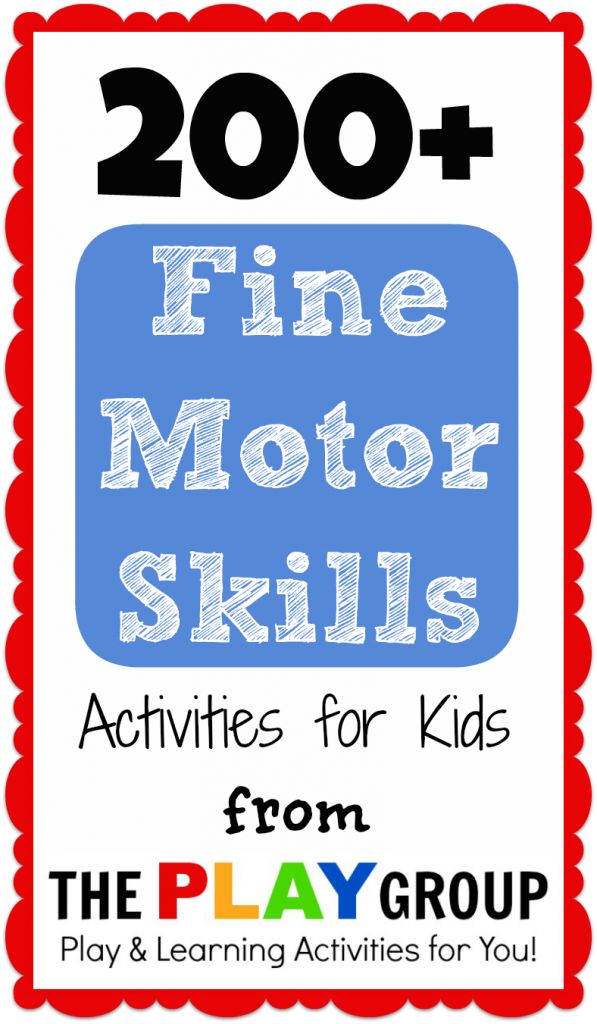
It includes the small muscles in the hands, fingers, eyes, tongue and toes.
Fine Motor Skills Examples
Here are a few examples of using fine motor skills:
- Holding/handling small items
- Drawing, painting, etc.
- Turning the pages of a book
- Cutting, pasting and folding
- Eating
- Building with blocks and playing with small objects
- Self-care tasks such as dressing, buttoning, tying shoelaces, brushing teeth, etc.
- Writing
Gross motor refers to the development of the large muscles of the body which enable a child to walk, climb, balance, etc.
Fine motor refers to small muscle development which enables a child to hold a pencil or button a shirt.
It includes eye-hand coordination, eye-finger coordination, finger strength and control, as well as the development of muscles such as the toes, tongue and eyes.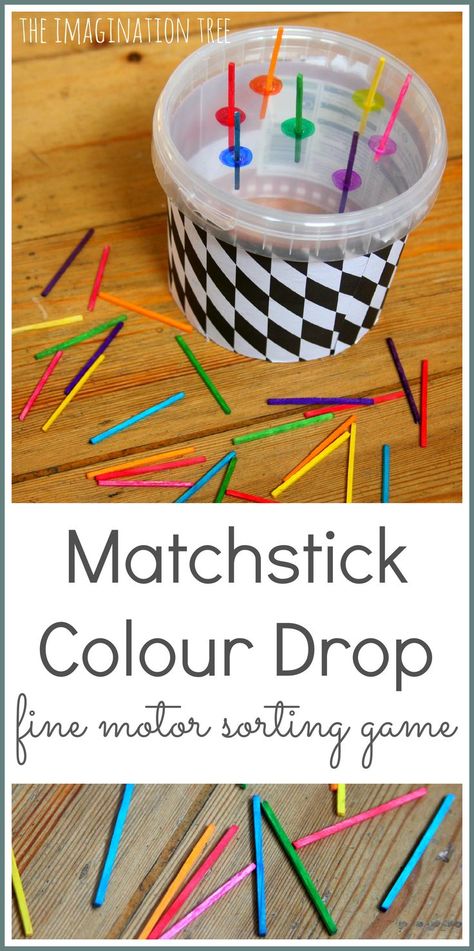
Motor skills develop from the head downwards, and from the body outwards (to the limbs). Thereafter, the small muscles strengthen.
Gross motor skills, therefore, develop before fine motor skills.
This can be seen in preschool children who are skilled at climbing, running and walking but are still learning to hold a pencil or control a pair of scissors.
Why Are Fine Motor Skills Important?Fine motor skills are important for several reasons.
Children must develop fine motor coordination in order to learn to perform basic everyday tasks such as dressing, tying shoelaces, preparing food, and other self-care tasks.
At school, they need to be able to cut, paste and draw and fine motor skills are absolutely essential for learning to write.
Before children can learn to write letters and have the finger strength and pencil control necessary to form them, they must develop their small muscles.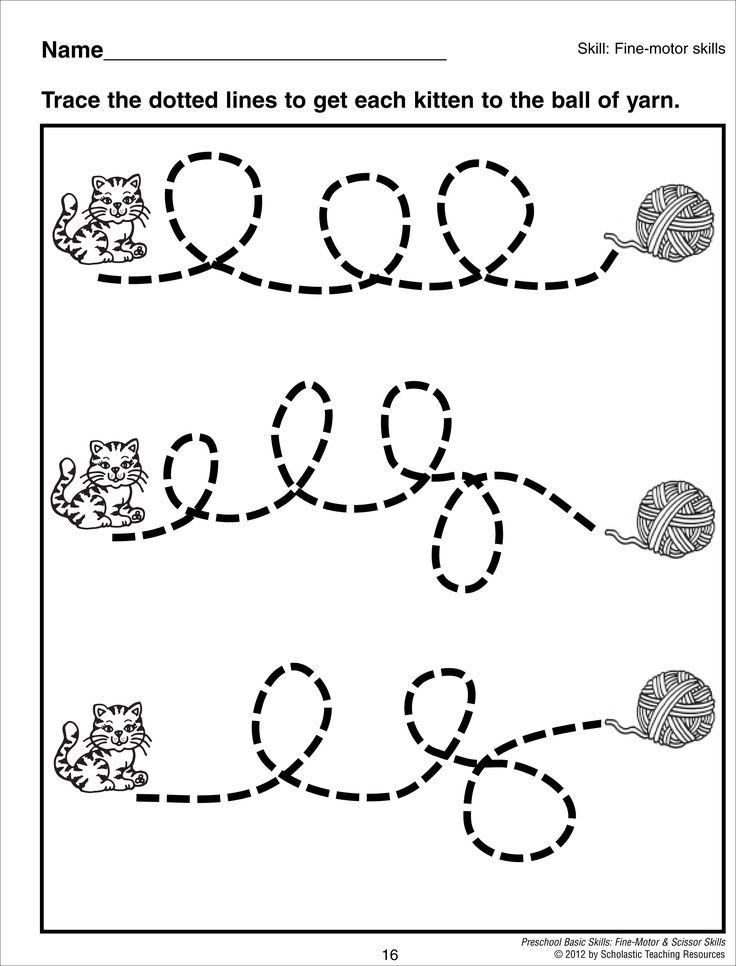
During the early years, it can be tempting to try to teach young toddlers and preschoolers to form letters and write as early as possible, but this is not necessary at such a young age.
Their muscles are not yet developed enough for the type of pencil control needed.
The early years are the time for developing pre-writing skills, mostly by doing activities that develop the finger muscles.
Physical development is one of the four major areas of your child’s growth, along with social, emotional and intellectual development.
Fine Motor Milestones in Young ChildrenHere is a brief outline of children’s fine motor development during the first 6 years.
If children reach all the fine motor milestones, they tend to cope better with the academic side of schoolwork, especially writing.
If they have difficulty performing some of the basic tasks, such as cutting or holding a crayon correctly, read on to find out how you can provide opportunities at home or in class to work on these basic skills.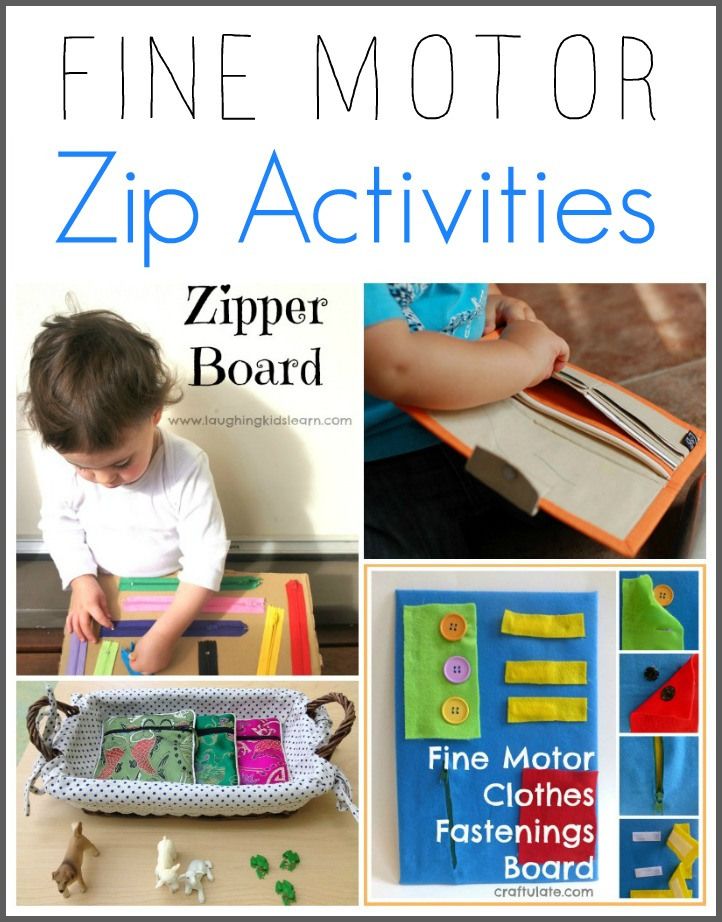
These are the milestones according to Mary Sheridan, author of the book “From Birth to Five Years: Children’s Developmental Progress“.
Birth to 18 MonthsDuring infancy and early toddlerhood, your child should learn to:
- Grasp toys in separate hands and bang them together
- Pick up small objects with a pincer grasp
- Point to an object with the index finger
- Drop and throw toys
- Start to build a basic tower of up to 3 blocks
- Grasp a crayon or pencil and scribble
- Point to pictures in books
At this age, your child learns to:
- Build a tower of 6, 7 or more blocks
- Hold a pencil in the dominant hand and scribble
- Turn the pages of a book one at a time
- Recognise small details in pictures
- Begin to draw lines, circles and letters such as a “T” and “V”
At 3, your child can:
- Build a tower with up to 10 blocks and build a bridge with 3 blocks
- Thread large wooden beads onto a string
- Hold a pencil with the correct grip – tripod pencil grasp – between the first two fingers and the thumb
- Draw a person with a head and a few features
- Paint with a large paintbrush
- Cut with toy scissors
At 4, your child learns to:
- Build a tower of over ten blocks with bridges and build “steps” with blocks
- Use a correct, adult pencil grip
- Draw a person with arms, fingers, legs, etc.
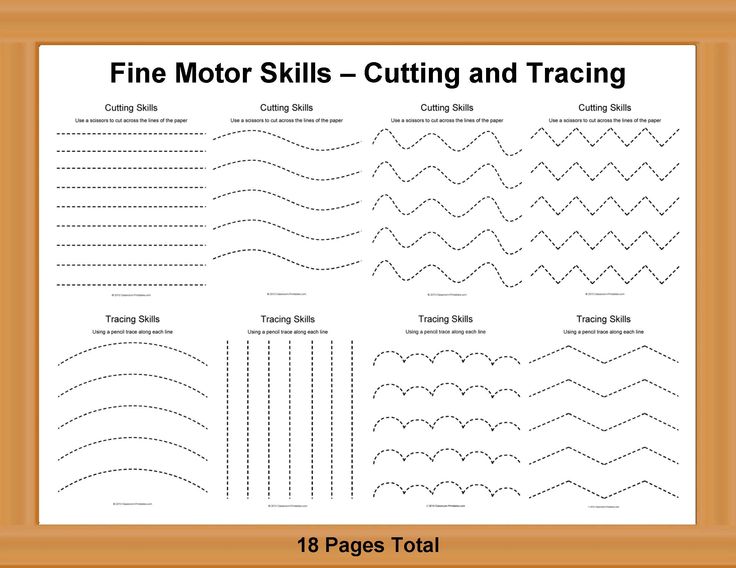
- Draw a house
- Copy letters, crosses and circles
- Cut along a straight line
- Dress and undress himself
From the age of 5, your child should be able to:
- Pick up and handle tiny items
- Copy and build more complex towers and constructions
- Show good control when writing with a pencil or painting with a brush
- Draw with details
- Colour his drawing and stay within the lines
- Copy a square and triangle
- Cut with accuracy
- Imitate “writing” by copying letters or words without necessarily knowing what he is writing
- Thread, lace and do simple embroidery
Fine motor skills can be improved through basic, everyday activities. You do not need to buy any fancy equipment or fine motor packs.
Using everyday items, you can provide a wide array of fun activities that will strengthen the finger muscles.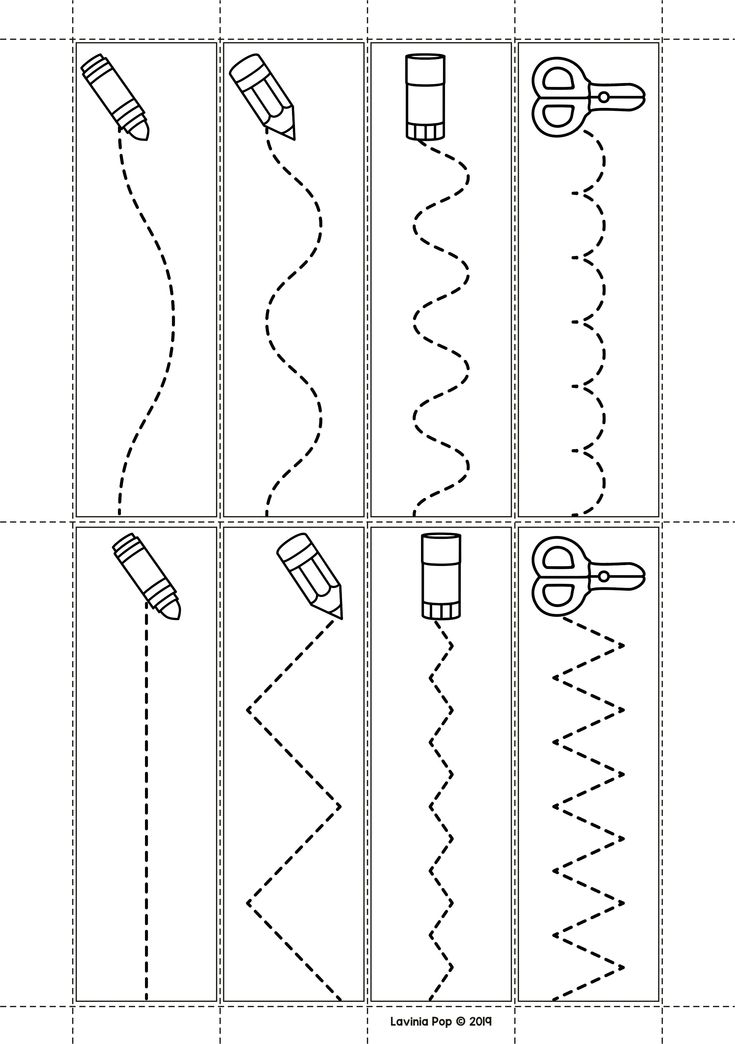
My experience in the classroom has shown that many children are struggling nowadays with these basic skills and showing increased difficulty in writing.
This may be partly due to an increase in screen time and a reduction in playtime, resulting in poorly developed gross and fine motor skills.
Make sure your children have adequate playtime every day and that part of that time is spent doing simple art activities and other fine motor activities.
This post contains affiliate links for educational products that I personally recommend. If you purchase through one of them, I earn a commission at no extra cost to you. Read the terms and conditions for more details.
10 Fine Motor Skills Activities for PreschoolersHere are 10 basic activities your kids should be doing as often as possible to ensure they develop their fine motor skills.
While there are endless activity ideas on Pinterest and Google for really creative fine motor activities, I thought I would simplify things by sharing 10 of the most basic things you can let your child do that will develop these important skills.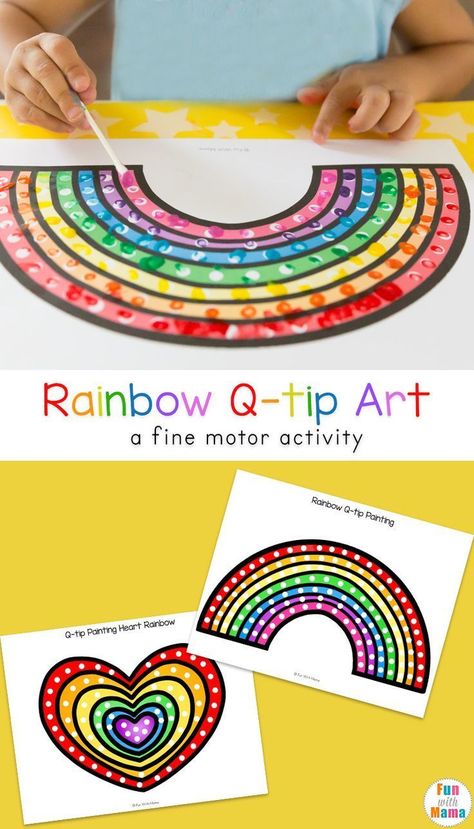
These are activities my kids did almost daily in my classroom.
You don’t need fancy gadgets. The most common and easy activities are usually the most effective ones.
I have also suggested different ways to do each activity.
Remember – the activity should focus on the process, not the product to have a positive impact on development and creativity. e.g. free drawing is far better than using a colouring book.
1. DrawingProcess art activities are one of the best ways to develop fine motor skills. Provide your child with daily opportunities to be creative, by using different materials and mediums.
Children should be drawing every day without fail. They want to draw and create by nature. Use the opportunity to introduce different mediums, such as:
- Drawing with wax crayons of different sizes and thicknesses (regular as well as jumbo, triangular crayons for little fingers)
- Drawing with oil pastels, coloured pencils, led pencils, pens, washable markers and highlighters.
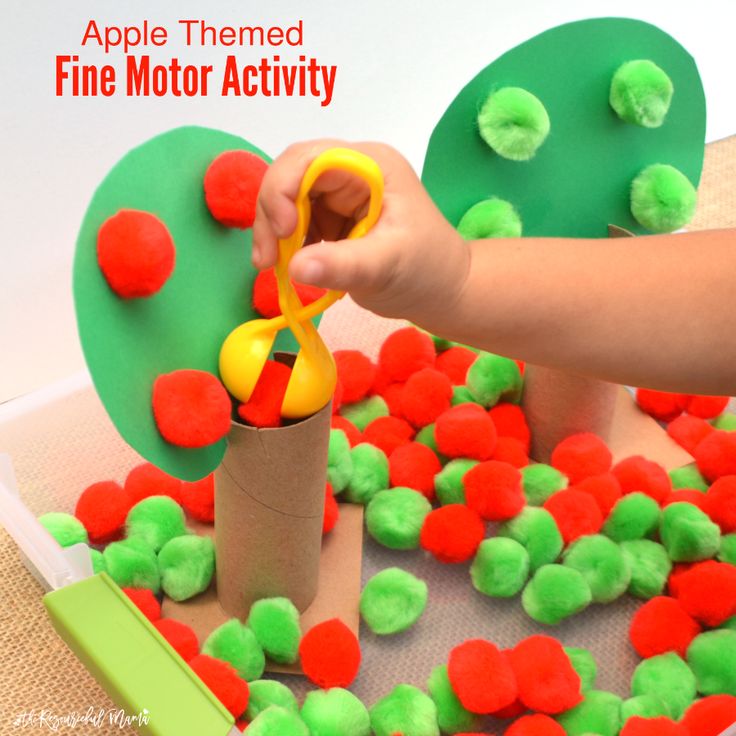
- Drawing on a board with chalk or on the pavement outside with chalk (use large, sidewalk chalk and thin chalk).
- Use any other mediums you can think of. Get your child used to holding utensils of different sizes and shapes and learning to control them.
While it may be tempting to buy your child colouring-in books and let them colour in pre-drawn pictures, this does not inspire any creativity so use these sparingly.
Blank paper will stimulate creative drawing. A colouring-in page will not have the same effect!
Children go through predictable stages of drawing when they have enough opportunity to draw freely.
2. PaintingPainting is another favourite for all children. The messier the activity the better! There are many different ways to paint:
- Paint on paper with different sized brushes, sitting down as well as standing up and painting at an easel.
- Use finger paint – experiment with making patterns and imprints with the fingers.
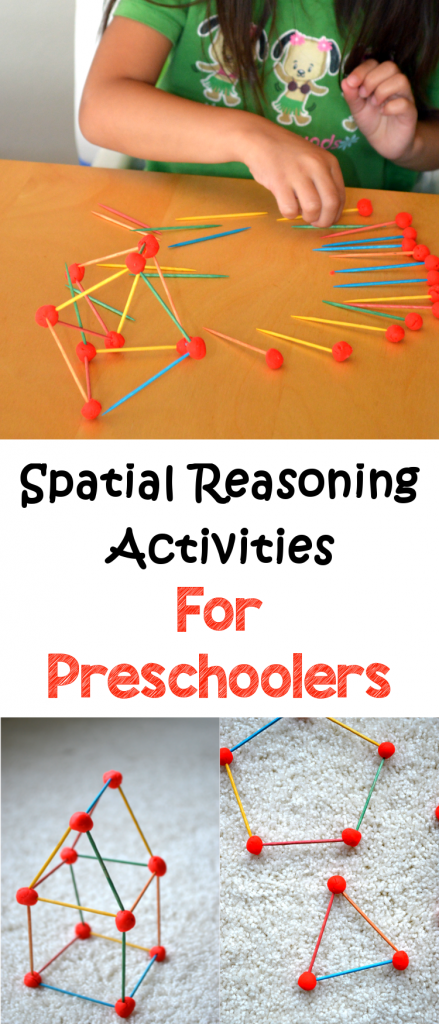
- Paint with leaves, twigs or other natural materials.
- Add dishwashing liquid to the paint and blow bubbles, then catch the bubbles on the paper.
- Use different types of paint – e.g. watercolours and tempera paint.
Here are some fun finger painting ideas to try.
3. Cutting and TearingCutting is an important skill that should be practised regularly.
With time, children learn to hold a pair of scissors properly and hold the paper with their other hand, controlling the paper as they cut. Demonstrate the correct grip, and help correct it when necessary.
Cutting activities include:
- Cutting paper without lines – cutting freely
- Cutting along lines – e.g. straight lines, wavy lines
- Cutting out shapes – e.g squares, triangles, circles
- Cutting out pictures along the lines
Cut different types of paper (e.g. cardboard, newspaper, tissue paper, etc.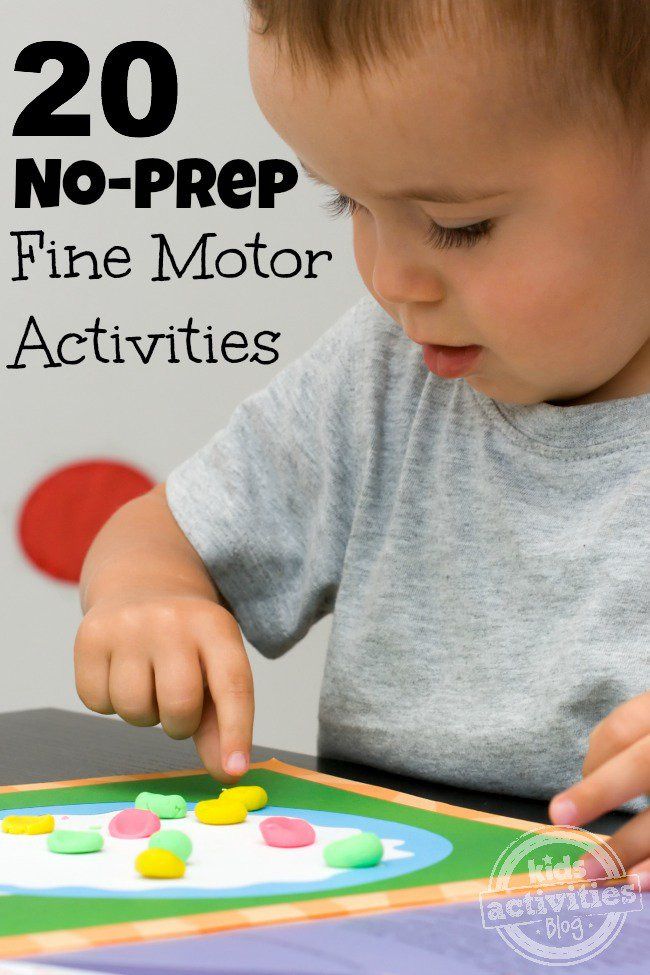 ) with blunt-nosed scissors.
) with blunt-nosed scissors.
Tearing is an excellent activity for developing the finger muscles. At first, the pieces will be large and random but eventually, your child will have the control to tear small pieces of paper into the sizes they want.
- Let your toddler or preschooler (even your baby) tear paper freely and get used to controlling it with their fingers.
- Make a collage with coloured paper or magazines and tear pieces of paper to paste onto the picture.
- Make different coloured confetti by tearing little papers and separating them according to colour.
- Tear different materials – newspaper, paper, magazine paper, cardboard, tissue paper, etc.
Children need time to learn how to apply the correct amount of glue to something (whether liquid or a stick), how to paste it exactly where they want it to go, paste it straight, etc.
Pasting can be done in various ways:
- Use liquid glue (especially for younger children) and let them get their fingers in there! Many children struggle to have their hands get dirty in the sandpit or with glue and paint.
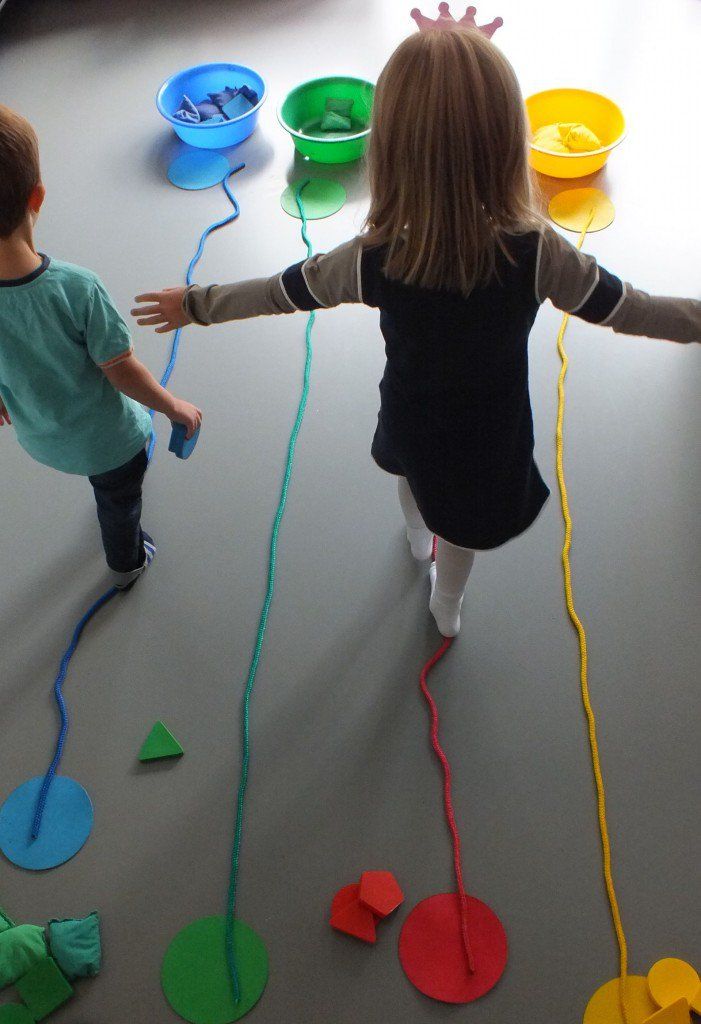 Expose them early.
Expose them early.
- Stick random paper tearings or cuttings with craft glue.
- Construct with paper and boxes and use liquid glue. Encourage them to persist when trying to get something to stick together. Take out rolls of tape and let them experiment with taping things together.
Children love playing with playdough. It was my personal favourite in the classroom and I had it out every morning.
I would alternate between homemade no-cook dough, store-bought dough and clay (this is the kind we used).
Not only does playdough strengthen the fingers and develop motor control, but it also stimulates creativity, planning and thinking skills.
- Allow lots of time for free play with playdough, without any cutters.
- At other times, provide cookie cutters, tools, etc.
- Encourage your child to find their own items to use with playdough (that are not part of a set), such as cups from the kitchen.
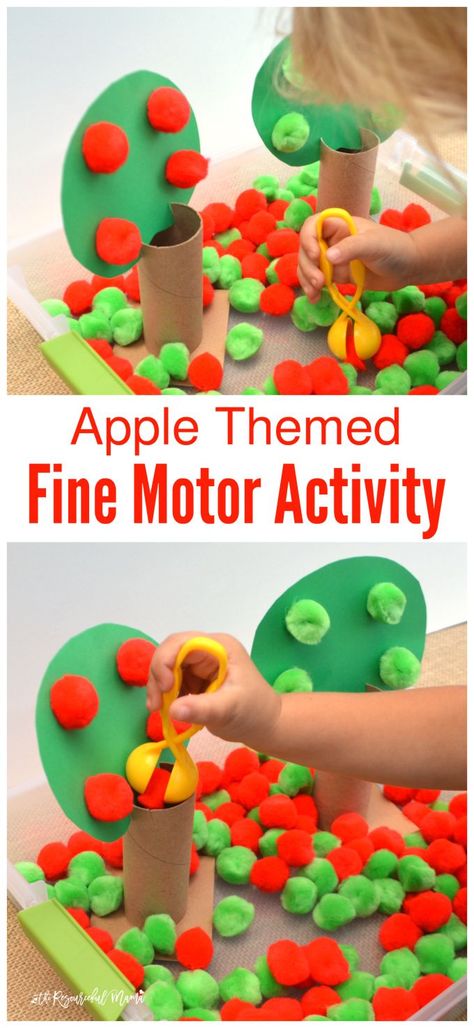
- Use toys to go along with their playdough creations (such as dinosaurs on their playdough mountain) and encourage some fantasy play at the same time. Next time they can make the dinosaur out of playdough as well.
This is also a highly therapeutic and relaxing activity. Children really should have daily opportunities to play with dough.
There are endless playdough recipes on the internet, depending on how fancy or lasting you’d like the dough to be. Here are some basic homemade playdough recipes to try.
6. Threading and LacingThreading is an excellent activity for developing fine motor skills. Many children really struggle with this so make it a priority to teach your child to thread.
This activity can be done from an early age
- Thread empty toilet rolls/knitting reels onto a string.
- Offer large beads or even pasta noodles and thread a simple necklace.
- As your child gets older, the holes should get smaller.
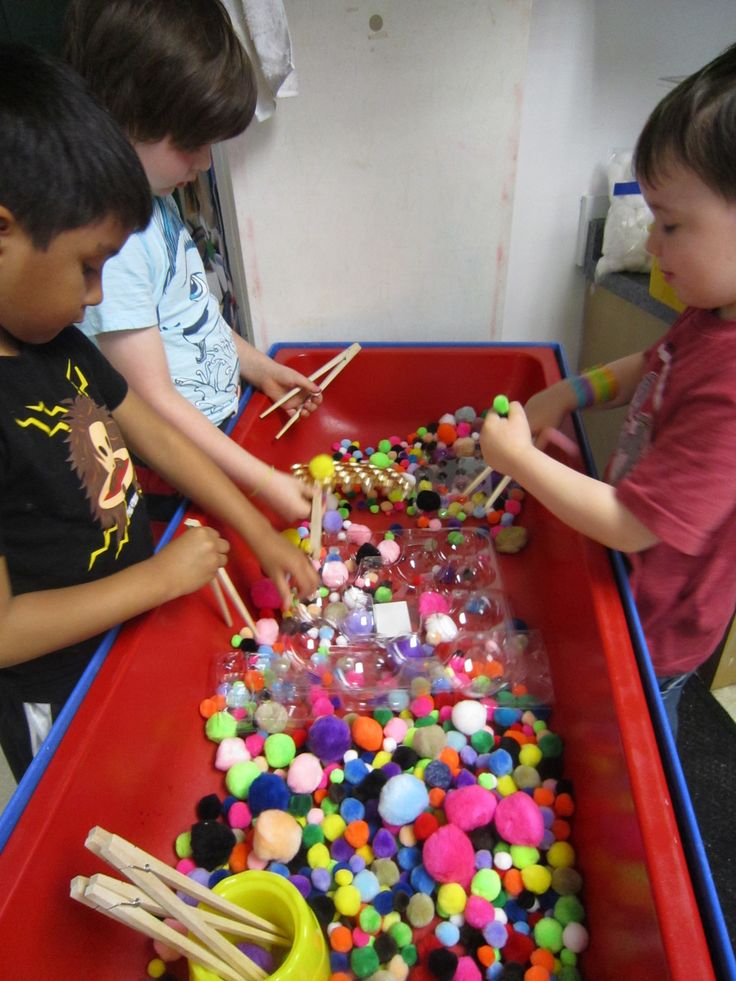 Move to small beads that require a lot of concentration and effort to thread.
Move to small beads that require a lot of concentration and effort to thread.
Here is a set of threading beads.
Similar to threading, but a different skill, lacing is excellent for developing eye-finger coordination.
To make a lacing tool, simply cut out a shape from firm cardboard, punch holes around the edges and lace a string or piece of wool around the shape, or use a set of lacing cards.
7. ConstructionConstruction is a great activity for developing both gross and fine motor control.
This can include constructing with blocks, Lego or other fine motor toys, or building with boxes and waste products. (Read about the benefits of Lego).
While store-bought construction packs are great (e.g. a kit for building an aeroplane), they are totally unnecessary.
Have a big basket in your house – as your child probably has at school – and fill it with toilet rolls, boxes, paper and any other useful waste materials.
You will watch your child wracking their brains to try and get the wing to stay on or the building to not collapse and they will be learning to solve problems they won’t encounter in the ready-made packs.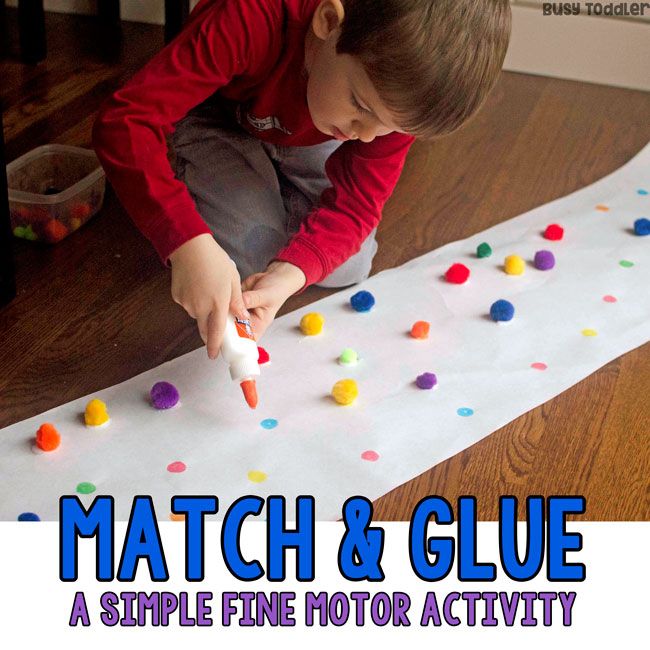
Have all types of construction blocks available, in different sizes.
As the blocks get smaller, your child will rely more and more on fine motor control to manipulate them.
A good set of wooden blocks should be a must in every home and school.
8. PuzzlesPuzzles are great as building them develops cognitive skills as well as fine motor skills. Even toddlers can build basic puzzles.
- Start with large wooden puzzles that your child can hold that have the right number of pieces for your child’s level.
- The right level is the puzzle that your child enjoys and can do, with a few challenges. If they leave the puzzle and give up it is probably too advanced.
- As your child matures, move on to puzzles with smaller pieces – and more pieces. These require a lot of fine motor control to join and match, as well as a lot of brainpower.
Get started with fun printable puzzles, available in the FREE set of printables at the end of the post.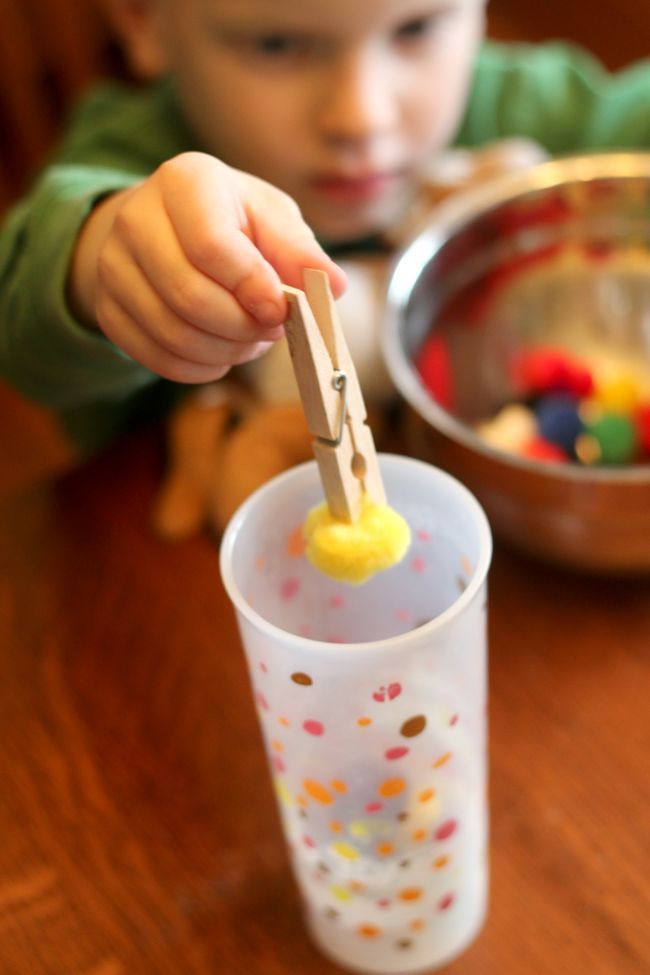
Pegboards are great because the pieces are tiny and your child must learn to hold them correctly, hold them the right way up and insert them carefully into the holes.
They provide quite a challenge for a child and require a lot of focus and control.
- Start with pegboards that are larger and move onto smaller ones as kids gain finger control.
- Allow them to peg randomly until they are ready to create patterns or pictures (freely).
- Introduce pattern cards that children can follow to re-create a set pattern.
A creative parent can find a way to make a pegboard out of wood and makeshift pegs, however, this is one item I would buy. Here’s a good set with pattern cards.
Pegboards are great for many reasons – they develop fine motor skills, they teach children about patterns, and they provide endless mathematical experiences (such as arithmetic, geometry, area, square numbers etc).
10. Pick Up SticksThis is one of my personal favourites.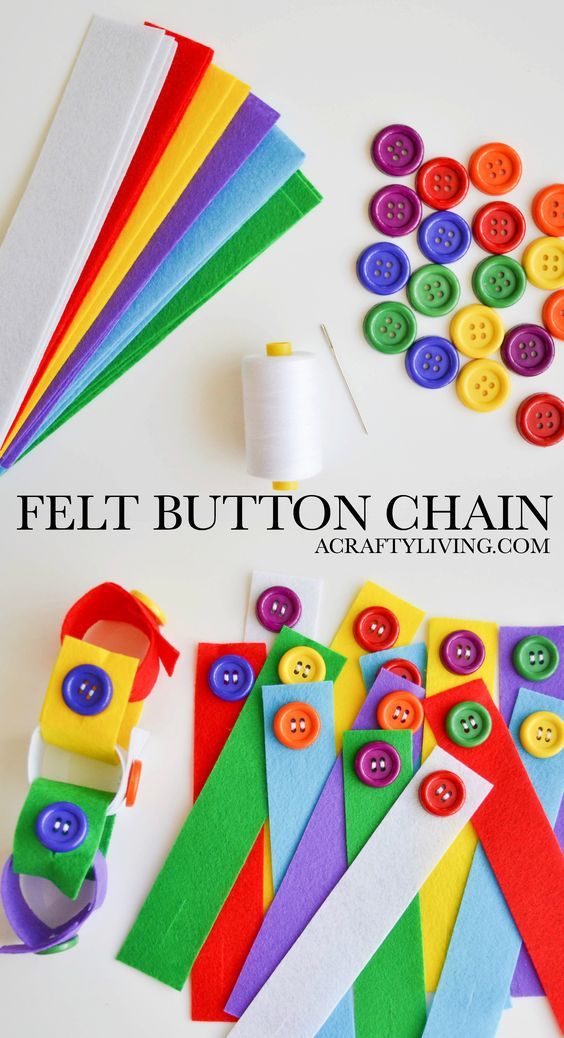 Pick-up sticks develop a child’s focus, finger control and fine muscles. It will be tough to play at first but your child will love the challenge of making sure the sticks don’t move.
Pick-up sticks develop a child’s focus, finger control and fine muscles. It will be tough to play at first but your child will love the challenge of making sure the sticks don’t move.
This game can also be played with straws, twigs from the garden or long cocktail sticks.
What Happens if a Child has Difficulties with Fine Motor Skills?If your child is experiencing difficulty with tasks that are age-appropriate and that he should be able to do, he may require the intervention of an occupational therapist.
Some of these signs, listed by Martie Pieterse in her book”Language and School Readiness“, may also be signs of motor developmental delays:
- Clumsiness
- Poor self-image – this happens because a child does not have adequate motor control and therefore does not explore and experiment as much as others do
- Poor concentration
- Poor posture – this child may tire easily and prefer to lie down
If the problem does not seem serious, you may prefer to do an intensive few weeks of fine motor activities at home with your child.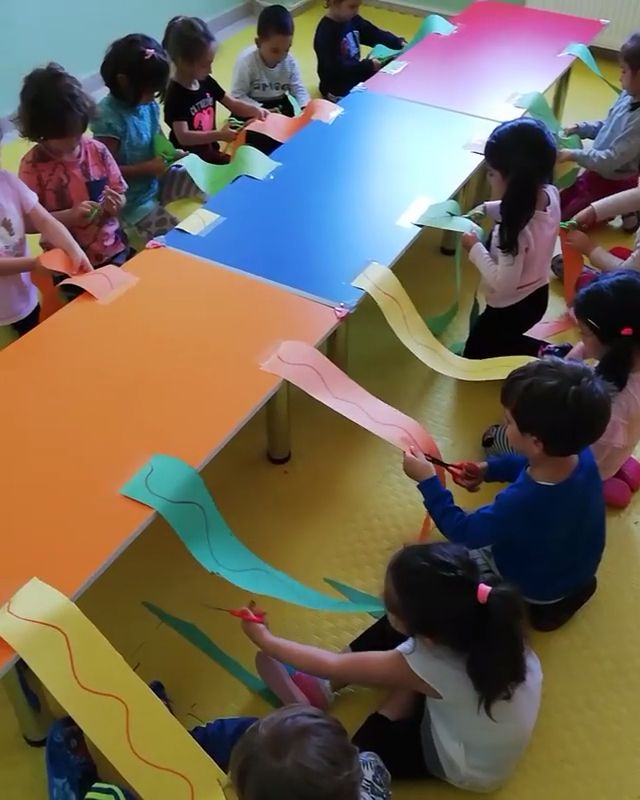
Once some time has passed, judge if there has been an improvement. It may be better to send your child to an occupational therapist for an assessment and to determine how you can best help him.
The therapist may suggest activities to do at home or may feel regular therapy sessions are necessary.
Here is an article explaining what occupational therapists do and how they work with children.
Either way, make sure your child receives adequate support as early as possible.
Ignoring these kinds of signs only compounds the problem and children end up struggling to write and complete their work in the early grades.
Get FREE access to Printable Puzzles, Stories, Activity Packs and more!
Join Empowered Parents + and you’ll receive a downloadable set of printable puzzles, games and short stories, as well as the Learning Through Play Activity Pack which includes an entire year of activities for 3 to 6-year-olds.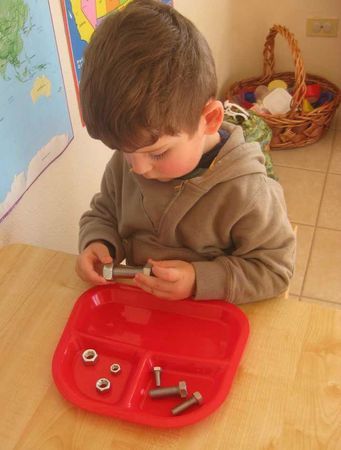
Access is free forever.
Signing up for a free Grow account is fast and easy and will allow you to bookmark articles to read later, on this website as well as many websites worldwide that use Grow.
- Share
MBDOU "Kindergarten of the combined type No. 95"
Created: 11/14/2022
We sincerely congratulate the wonderful teachers of our kindergarten Batishcheva Natalia Nikolaevna, Zhoglo Yulia Andreevna and Poddubnaya Natalya Mikhailovna with worthy awards in the regional stage of the X All-Russian competition "Educators Russia"! Its goal is to identify, support and disseminate the innovative experience of educators, teachers and leaders of educational organizations, to stimulate successfully working teachers of preschool education and to popularize the profession. The competition brought together educators from Kursk, Zheleznogorsk, Rylsk, Sudzha, Kurchatov, as well as Kursk, Zolotukhinsky, Oktyabrsky, Fatezhsky and.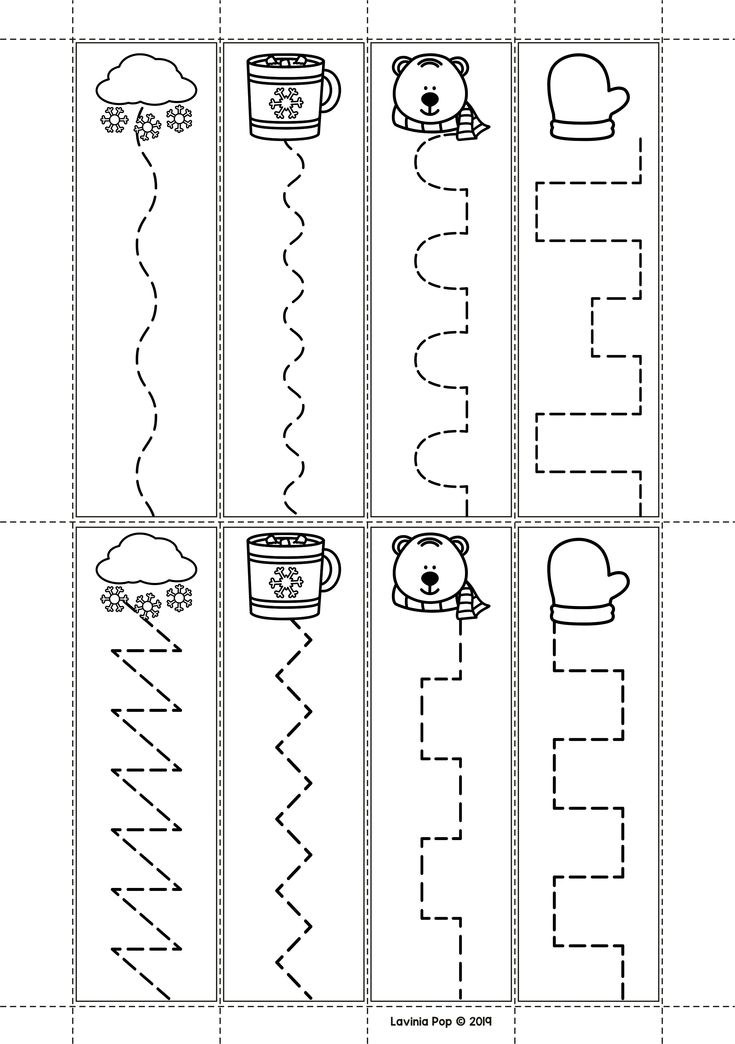
Read more
Created:
Congratulations on the day of the titmouse, We call on the birds to protect all, You are not lazy to distribute food, Work a little on the feeders. Autumn is drawing to a close. Here comes the last month of autumn. For a long time in Rus', on November 12, Sinichkin Day was celebrated, that is, the day of the meeting of wintering birds. People prepared feeders, read poems about birds, made riddles, played and just admired the winter birds. A small agile bird with bright plumage leaves neither adults nor children indifferent. Exactly.
More
Established:
In recent years, the number of children of different nationalities attending pre-school institutions has been growing. In this regard, it is also necessary to create conditions in the kindergarten that promote the upbringing of children in the spirit of tolerance, in which every child, regardless of nationality, will feel like an individual. It is necessary that children already at preschool age understand how important it is to live in peace and harmony between different peoples, to know the culture of other peoples, to respect it, to try to understand and accept it.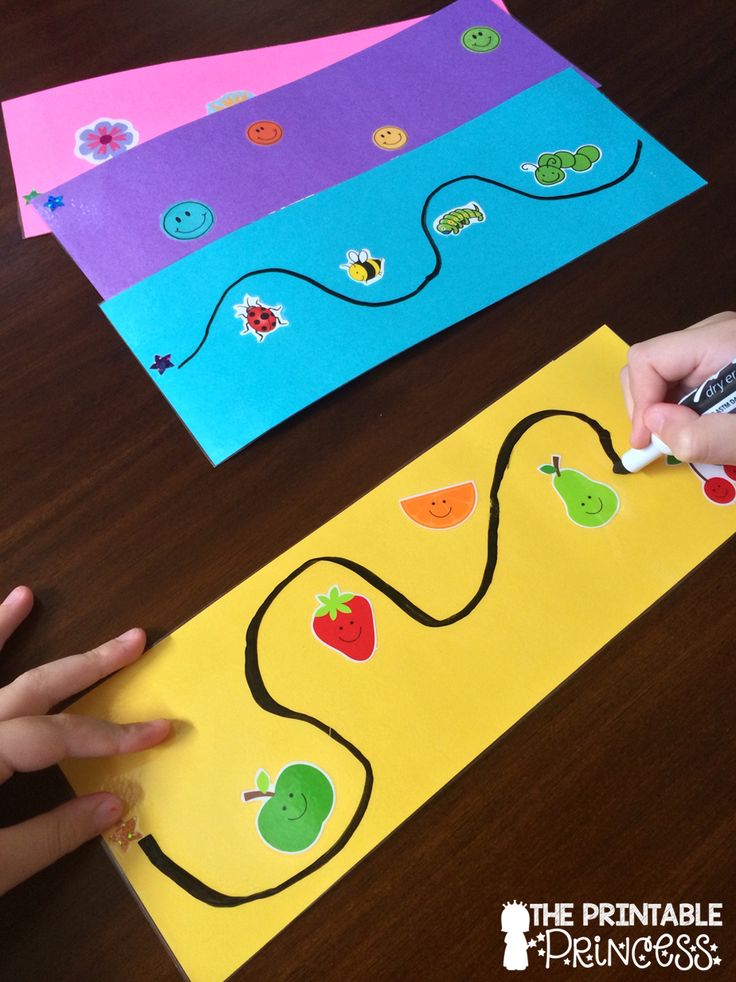 As part of the project implementation.
As part of the project implementation.
Read more
Created: 01.11.2022
Today our city hosted a wonderful event - the Art of Living on Earth Festival for children with special educational needs, within which children could demonstrate their talents. The participants demonstrated their talents in vocal and dance directions, in recitation of poems and theatricalization. In total, 102 pupils from 47 kindergartens took part in the Festival. Our kindergarten at the Festival was represented by pupils of the 2nd group Kalutsky Artem and Semikina Tatyana. Their performances did not leave the members indifferent.
More details
Created: 04.10.2022
More details
Created:
In the conference hall of the Center for Procurement and Social Initiatives, the winners of the city competition for greening public spaces "Green City - 2022" were awarded. The competition is held for the second time with the support of the administration of the city of Kursk.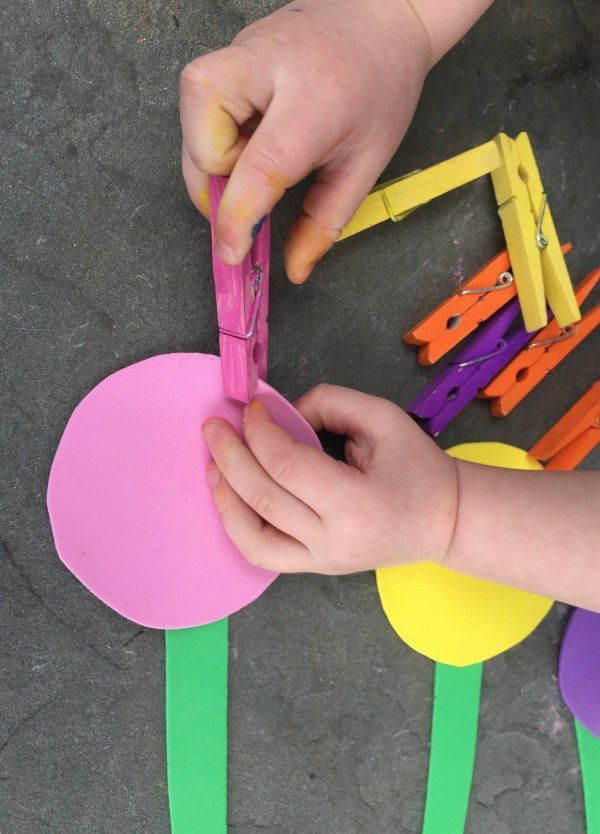 More than 40 organizations and project authors took part in it. This year, it was possible to apply in four categories: “Apartment buildings”, “Territory of organizations”, “Tsvetik - seven-tsvetik” - a children's nomination and “Mass media”. Representatives of the competition commission, which includes landscape.
More than 40 organizations and project authors took part in it. This year, it was possible to apply in four categories: “Apartment buildings”, “Territory of organizations”, “Tsvetik - seven-tsvetik” - a children's nomination and “Mass media”. Representatives of the competition commission, which includes landscape.
Read more
Created:
On September 22, 2022, our kindergarten hosted a large-scale event called “Oh, walk honest people, the fair is coming to us!” within the framework of which a festive concert and an autumn fair were held where you could buy pastries, vegetables, fruits and even live rabbits! As we announced, all funds raised from the sale were transferred to sick children. And now our help has been delivered to the addressee! https://vk.com/wall-136191346_3189 We express our gratitude to all employees, pupils and parents.
More
Created: 05/30/2022
From April 25 to April 27, at the initiative of the Education Committee of the city of Kursk, the second children's research conference "The World in the Hand" was held among kindergarten students.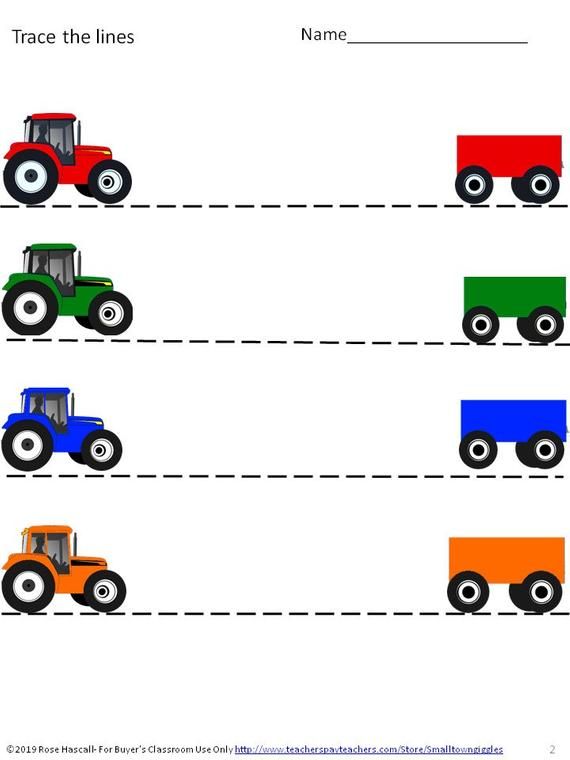 The conference was held online in 5 sections, the participants of which were 77 pupils from 45 preschool educational organizations. A pupil of our kindergarten Maltsev Zakhar presented to the jury a work on the topic: “Soda water: benefit or harm?” and got 2nd place. Congratulations to Zakhar and his leader Tertyshnaya Anna Sergeevna.
The conference was held online in 5 sections, the participants of which were 77 pupils from 45 preschool educational organizations. A pupil of our kindergarten Maltsev Zakhar presented to the jury a work on the topic: “Soda water: benefit or harm?” and got 2nd place. Congratulations to Zakhar and his leader Tertyshnaya Anna Sergeevna.
More details
Created: 05/26/2022
Continuing to take part in the city civic-patriotic action "SPARKS OF VICTORY SALUTE", aimed at the formation of citizenship and patriotism in children of senior preschool age as the most important spiritual, moral and social values, the pupils of our kindergarten became participants in the military-patriotic program "Victory Salute!" organized by the employees of the KTsSChiD them. A.P. Gaidar. The children learned about the heroes of the war, about the exploits of children in wartime. They collected military-themed puzzles, then in their drawings they depicted the “Salute of Victory”, multi-colored lights crumbling into a multitude.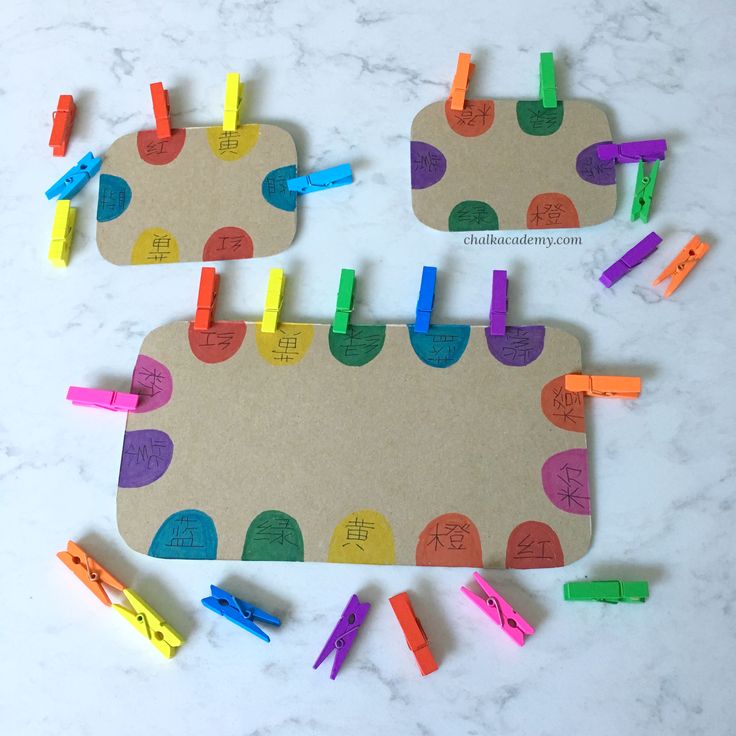
More
Created: 24.05.2022
In our kindergarten, in order to introduce children to the preservation of the historical heritage of the Great Patriotic War, the musical and literary drawing room “Dedicated to the Great Victory” passed through music and poetry. The children proudly presented musical and literary works about the Great Patriotic War and the Great Victory.
More details
Doshkolnik.ruTeachersHolidaysNeedleworkDoshkolnik.ru Doshkolnik.ru - site of an educator, speech therapist, defectologist, music director, methodologist, physical education instructor, parent. We offer teachers assistance in certification. ServicesPosting articles
| Motor
| |||||||||||||||||||||||||||||||||||||||||||||||||||||||||||||||||||||||||||||||||||||||||||||||||||||||||||||||||
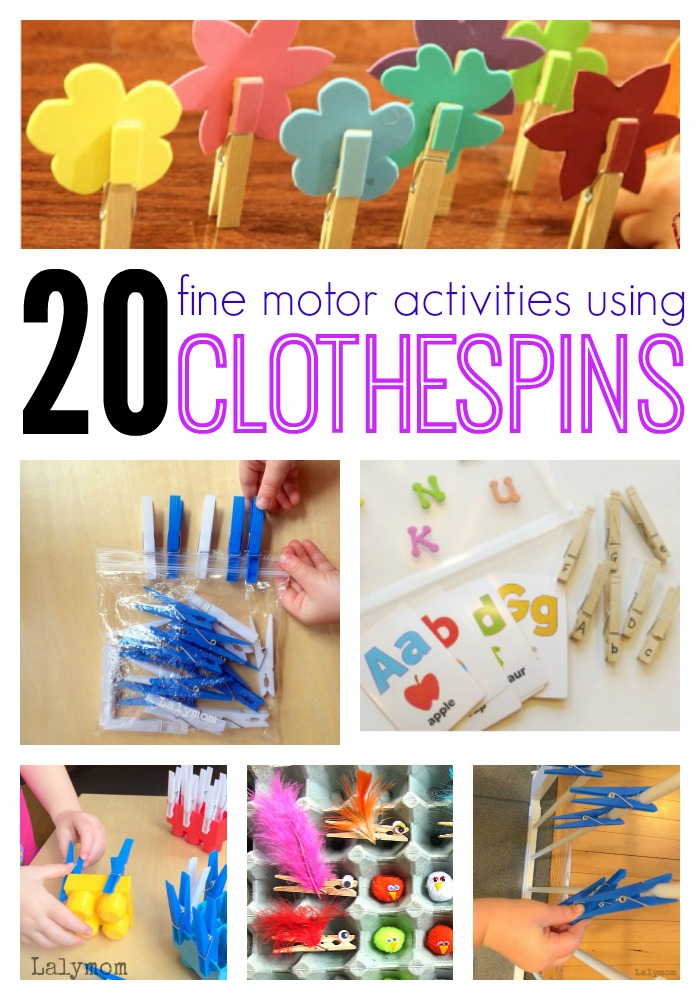
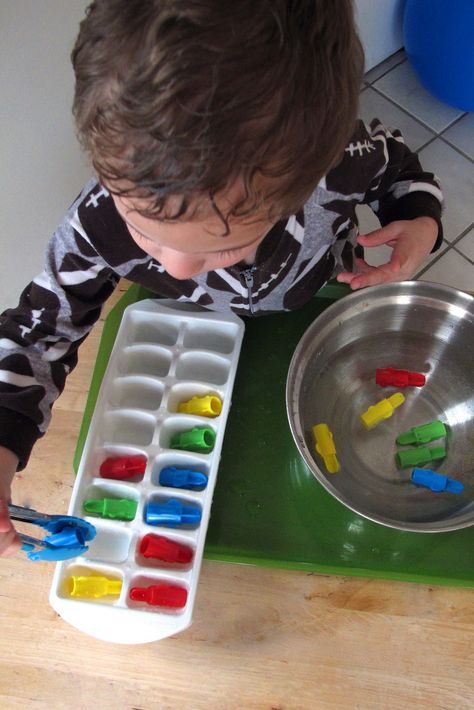
 The area of fine motor skills includes a wide variety of movements: from simple gestures (eg grasping a toy) to very complex movements (eg writing and drawing) .
The area of fine motor skills includes a wide variety of movements: from simple gestures (eg grasping a toy) to very complex movements (eg writing and drawing) . 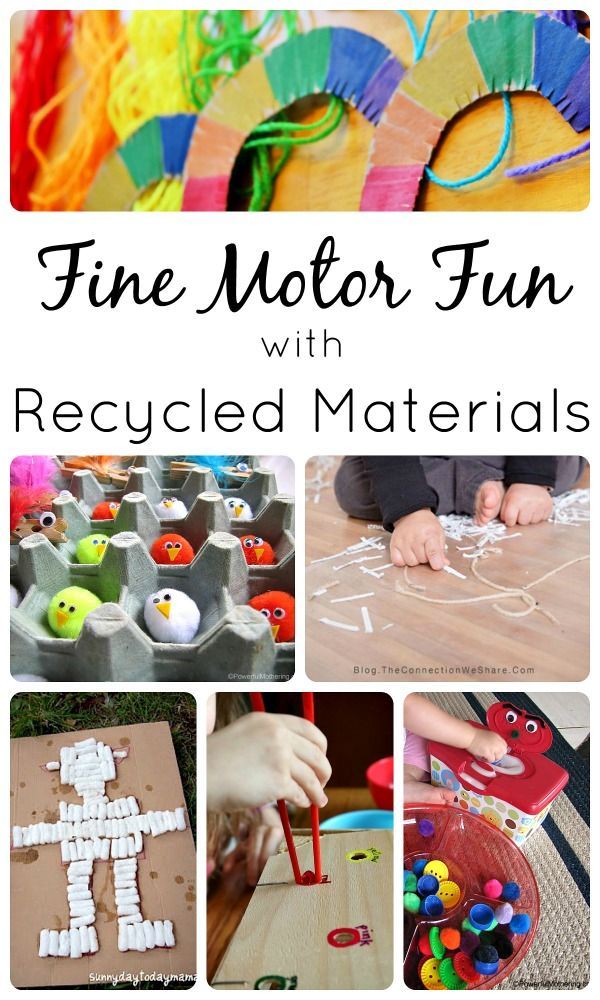 18 of the city of Krymsk, municipality Krymsky district MBDOU kindergarten No. 18
18 of the city of Krymsk, municipality Krymsky district MBDOU kindergarten No. 18 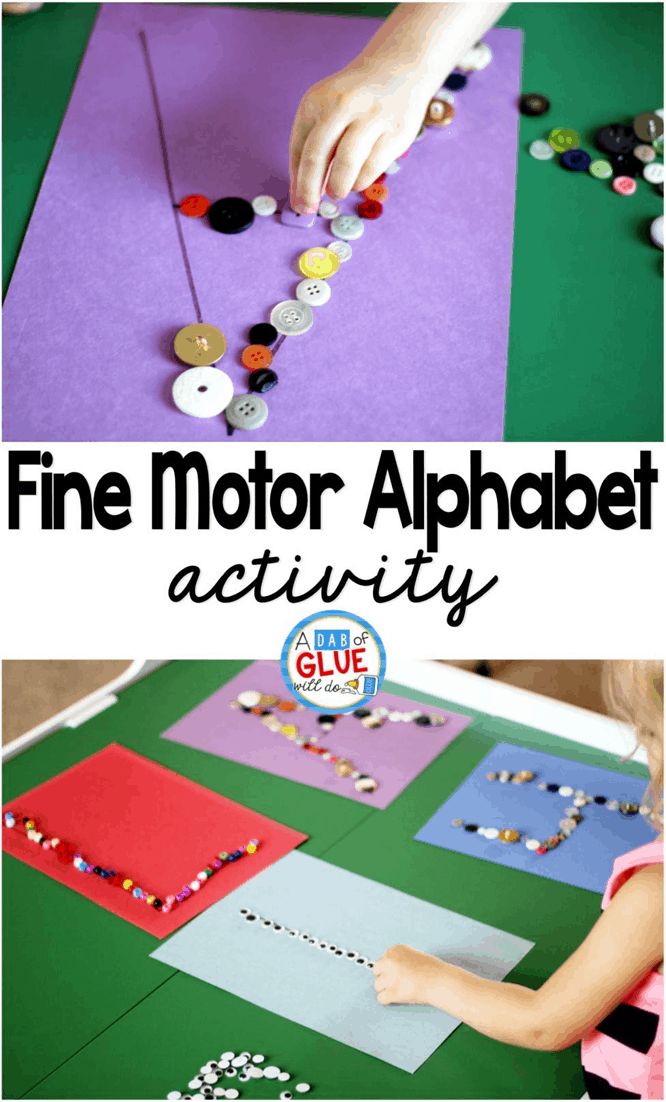 11.2022 21:57
11.2022 21:57 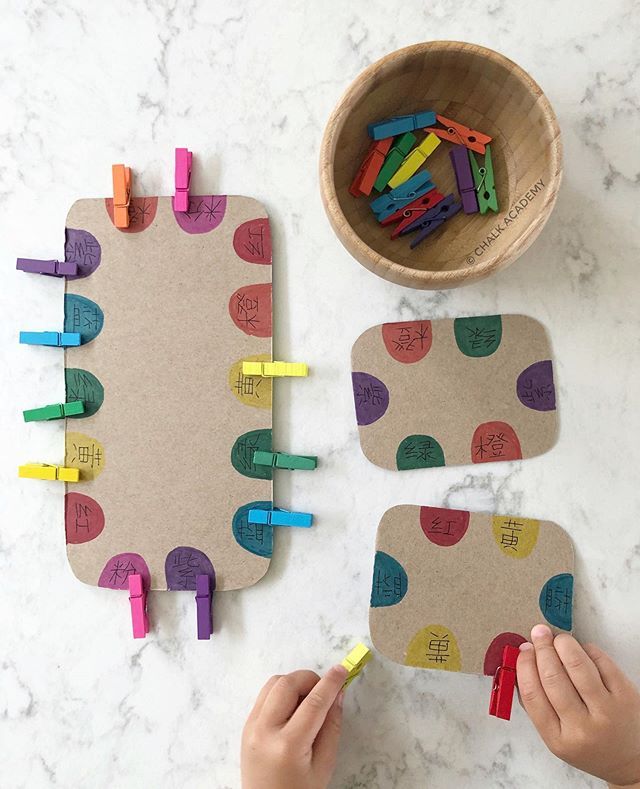 ..
.. 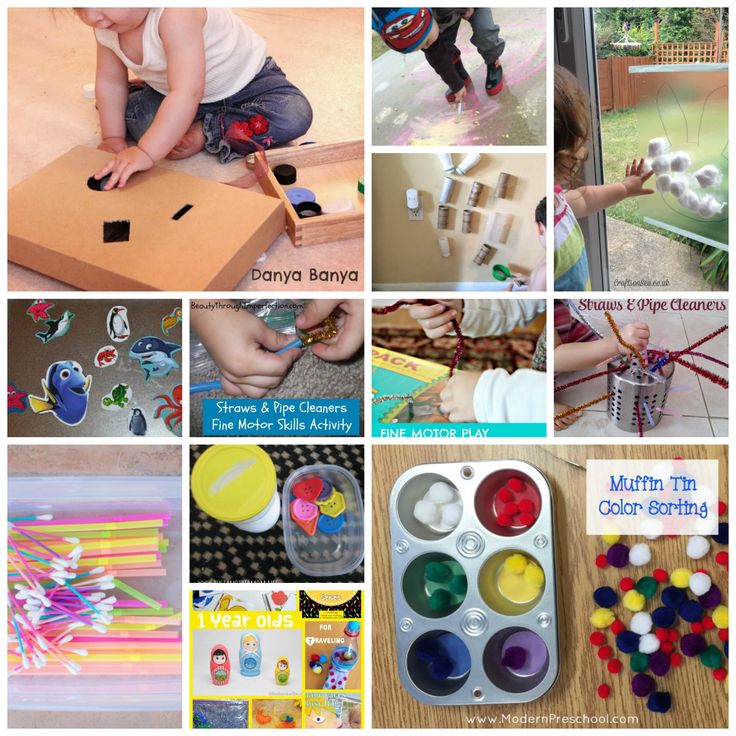
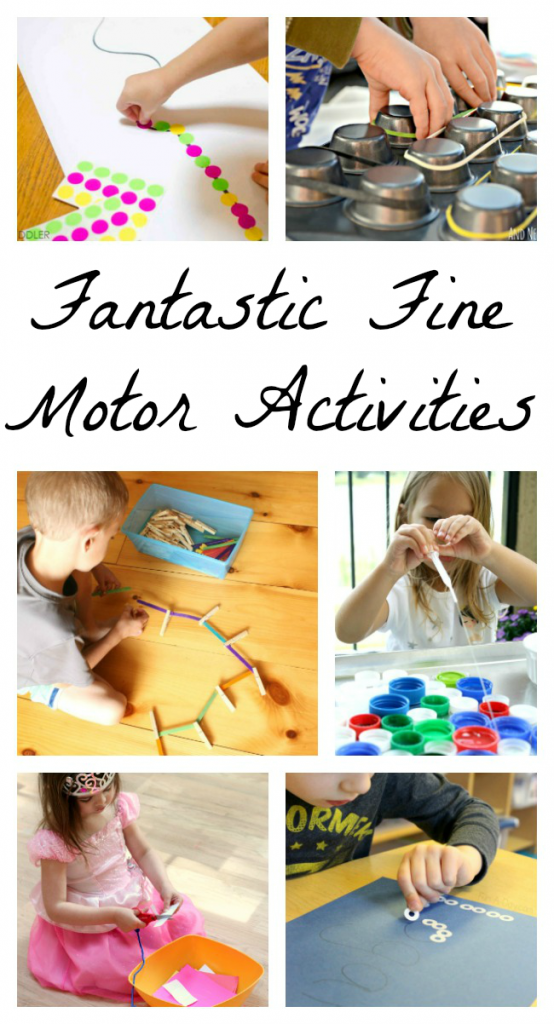 In this sense, cereals can become an excellent game material. Getting acquainted with various bulk materials, the child receives a lot of tactile impressions, develops imagination and fine motor skills. Consider several options for the game!
In this sense, cereals can become an excellent game material. Getting acquainted with various bulk materials, the child receives a lot of tactile impressions, develops imagination and fine motor skills. Consider several options for the game! 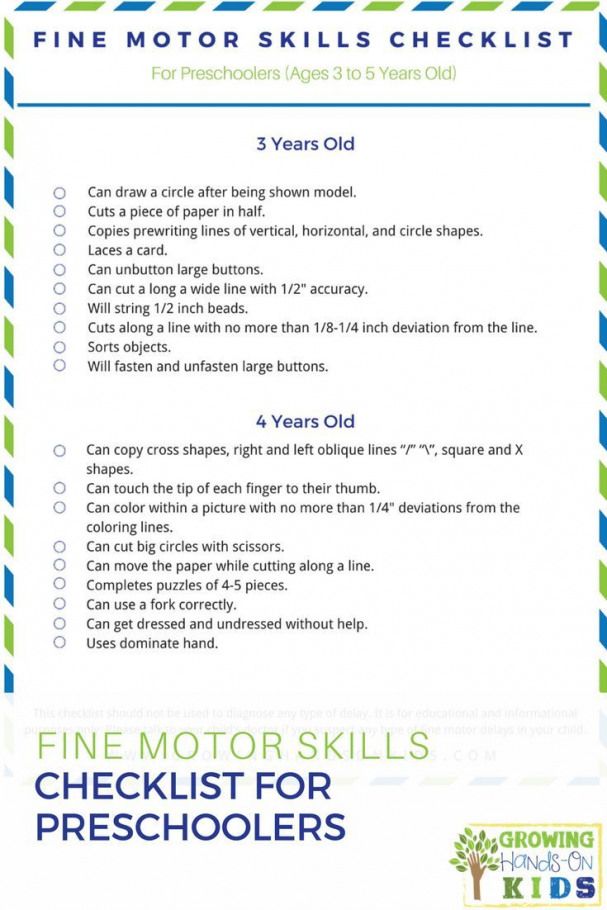 1286" (preschool department "Rainbow" ) Moscow, Russia
1286" (preschool department "Rainbow" ) Moscow, Russia 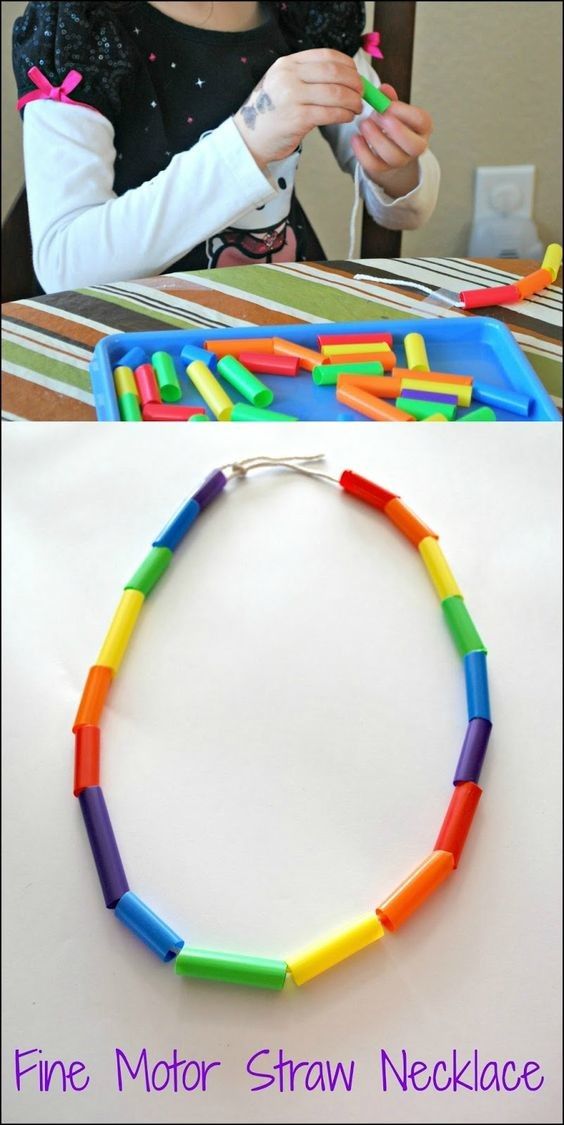
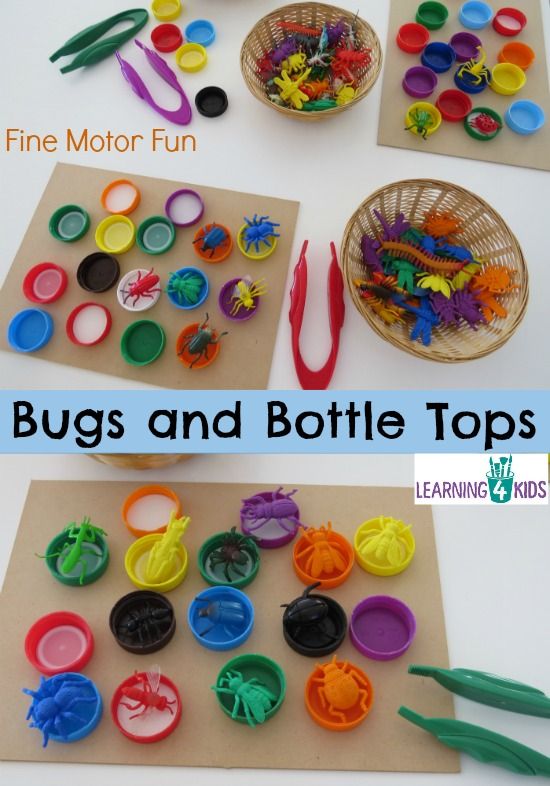 M. Koltsova (1979) and other scientists proved that the level of development of speech is directly dependent on the degree of formation of fine movements of the fingers. This is due to the anatomical proximity of the location of the motor and speech zones in the cerebral cortex, the common functioning of the motor and speech systems, as well as the relationship between the formation of speech and motor skills in normal and pathological conditions.
M. Koltsova (1979) and other scientists proved that the level of development of speech is directly dependent on the degree of formation of fine movements of the fingers. This is due to the anatomical proximity of the location of the motor and speech zones in the cerebral cortex, the common functioning of the motor and speech systems, as well as the relationship between the formation of speech and motor skills in normal and pathological conditions. 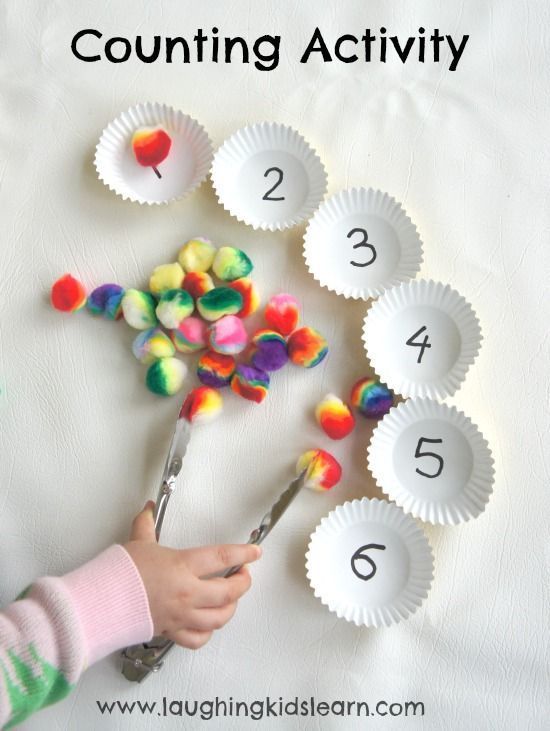 42" Usolie-Sibirskoe educator
42" Usolie-Sibirskoe educator 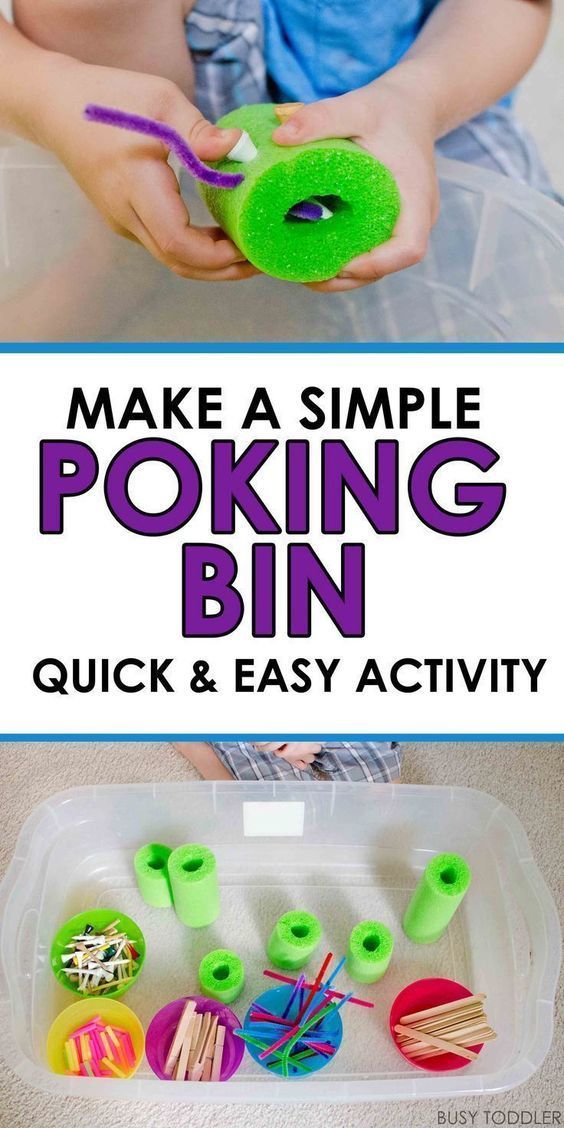
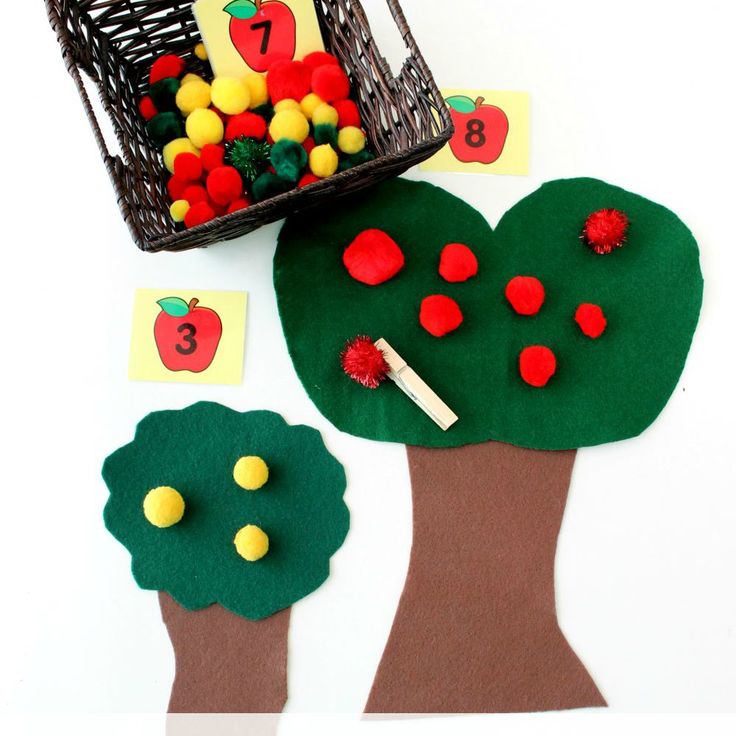 They improve memory and attention, mental activity. And it is they that allow you to create new neural connections and improve the functioning of the brain, which is responsible for the development of mental processes. The development of intelligence directly depends on the formation of the cerebral hemispheres, their interaction, and also significantly improves the state of social adaptation and physical health of preschoolers.
They improve memory and attention, mental activity. And it is they that allow you to create new neural connections and improve the functioning of the brain, which is responsible for the development of mental processes. The development of intelligence directly depends on the formation of the cerebral hemispheres, their interaction, and also significantly improves the state of social adaptation and physical health of preschoolers. 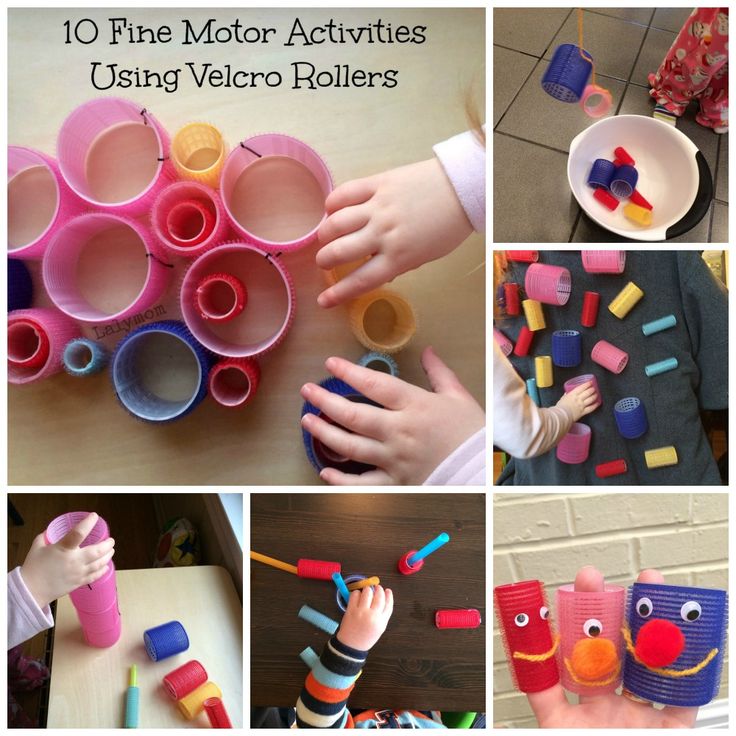 ) , because hands, having a variety of functions, are a unique human organ.
) , because hands, having a variety of functions, are a unique human organ. 